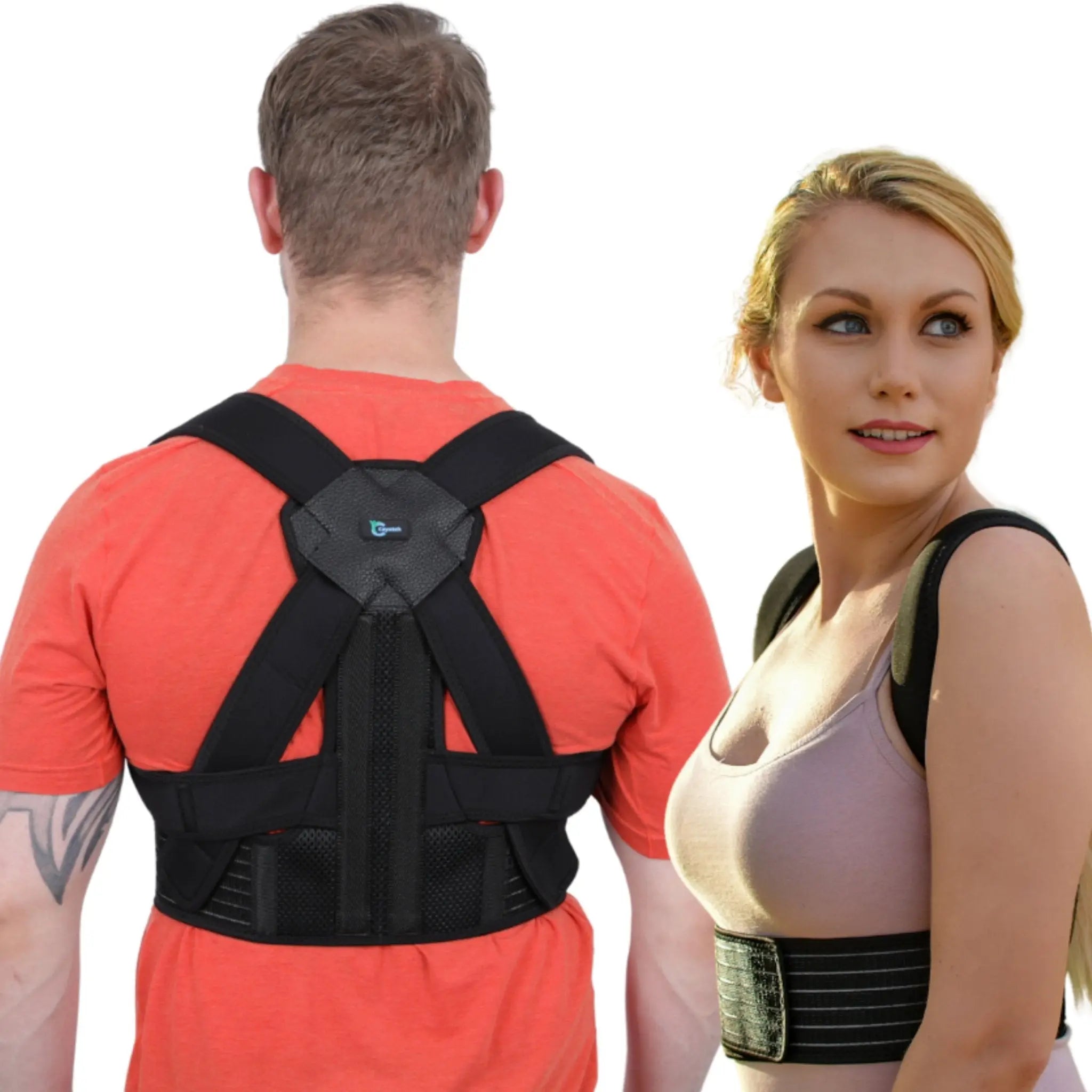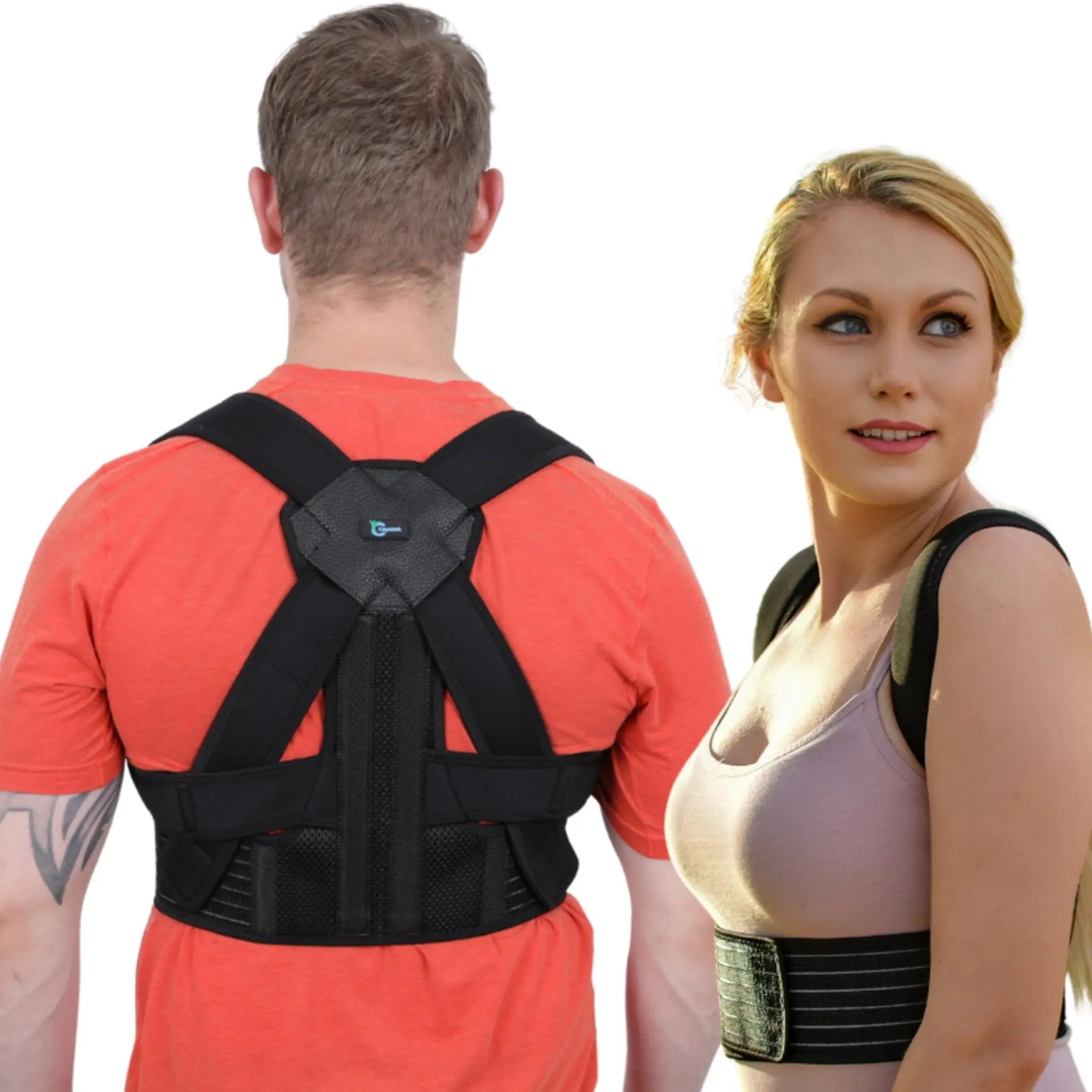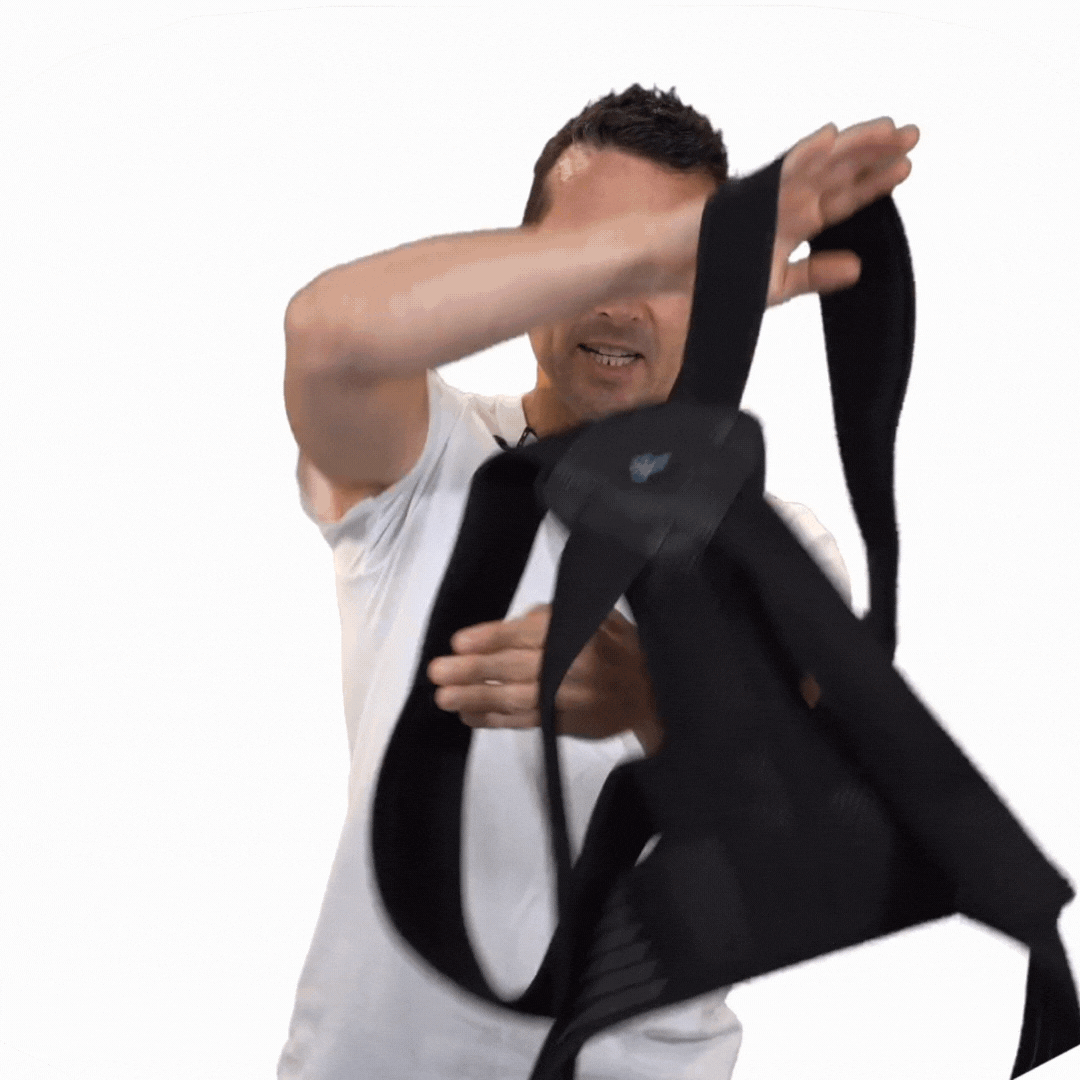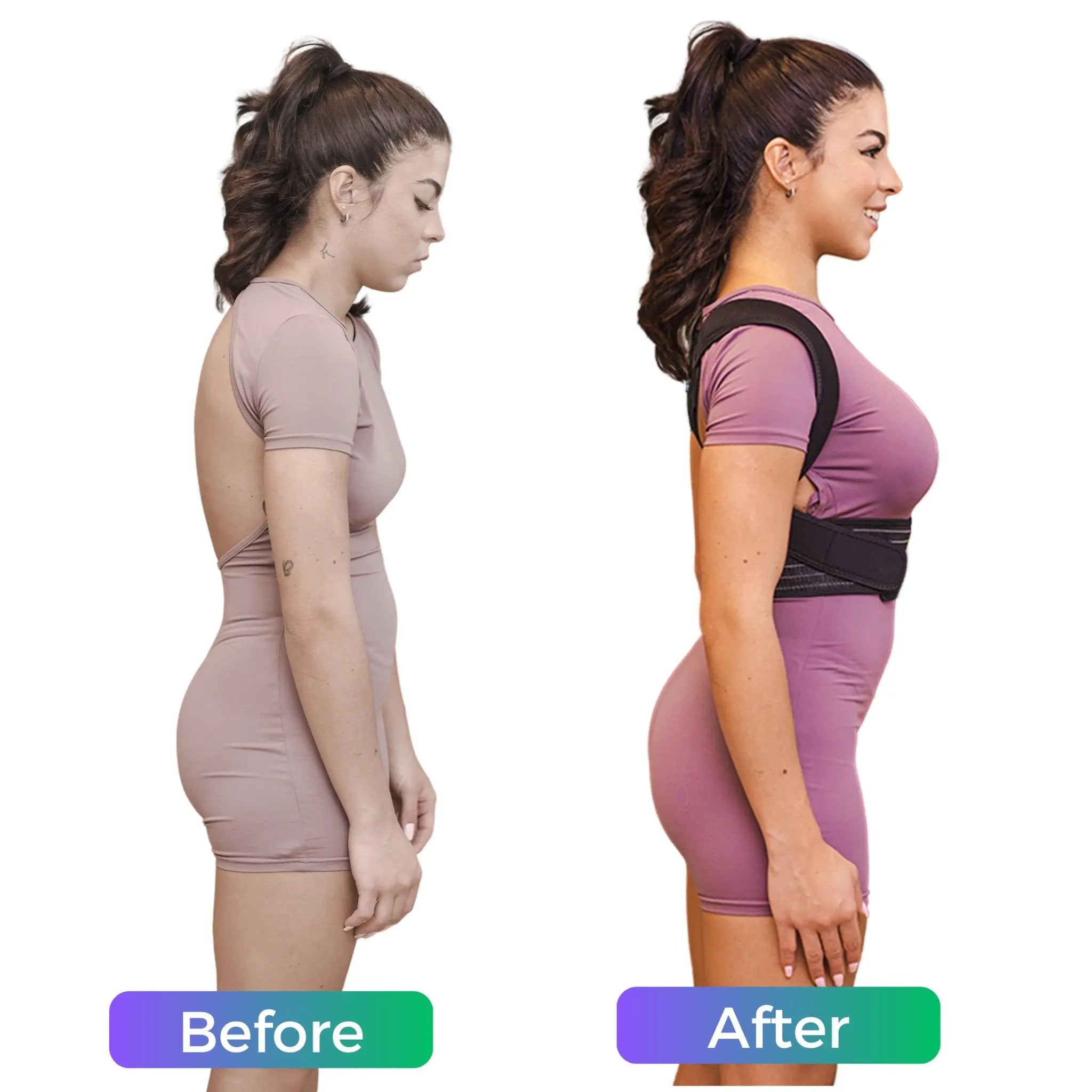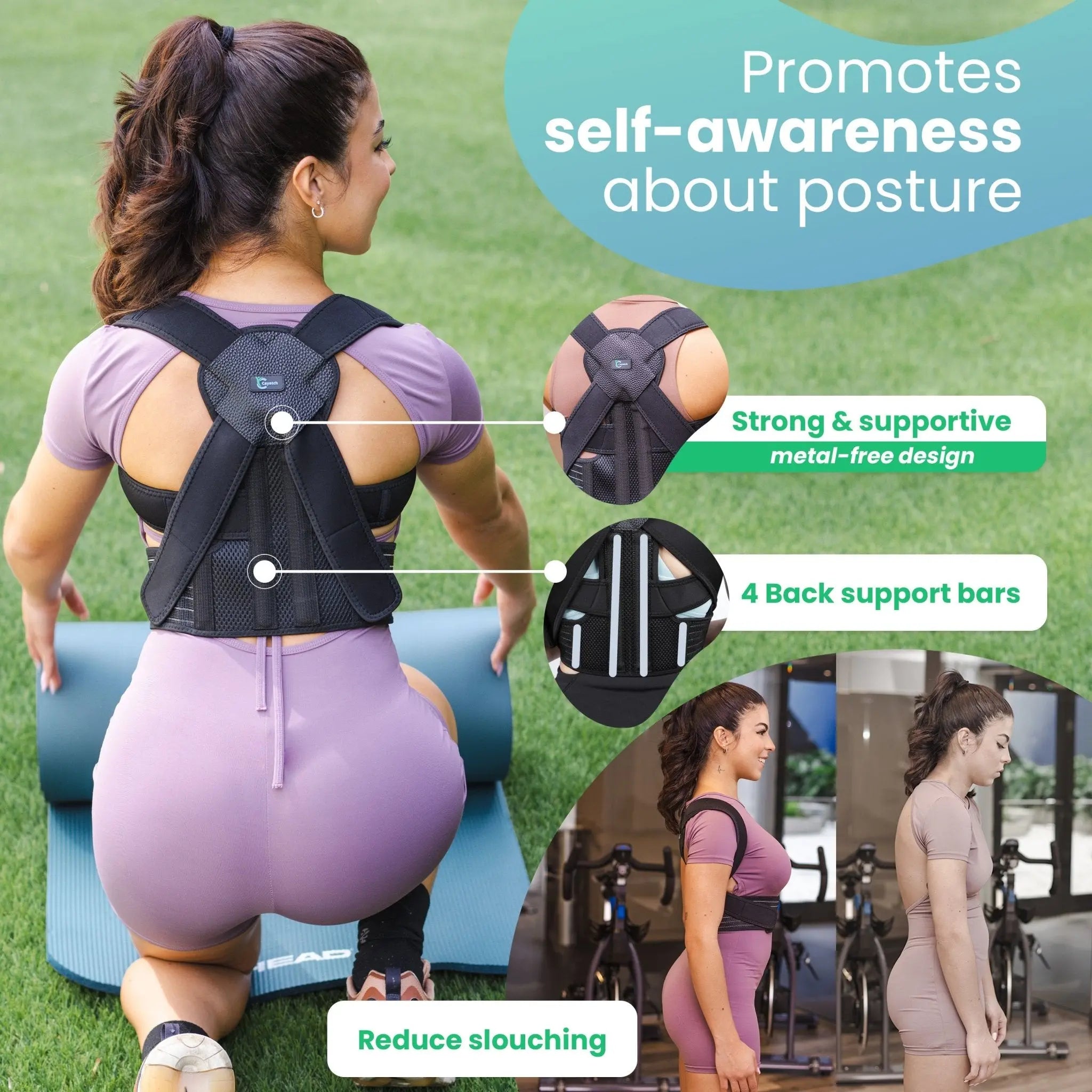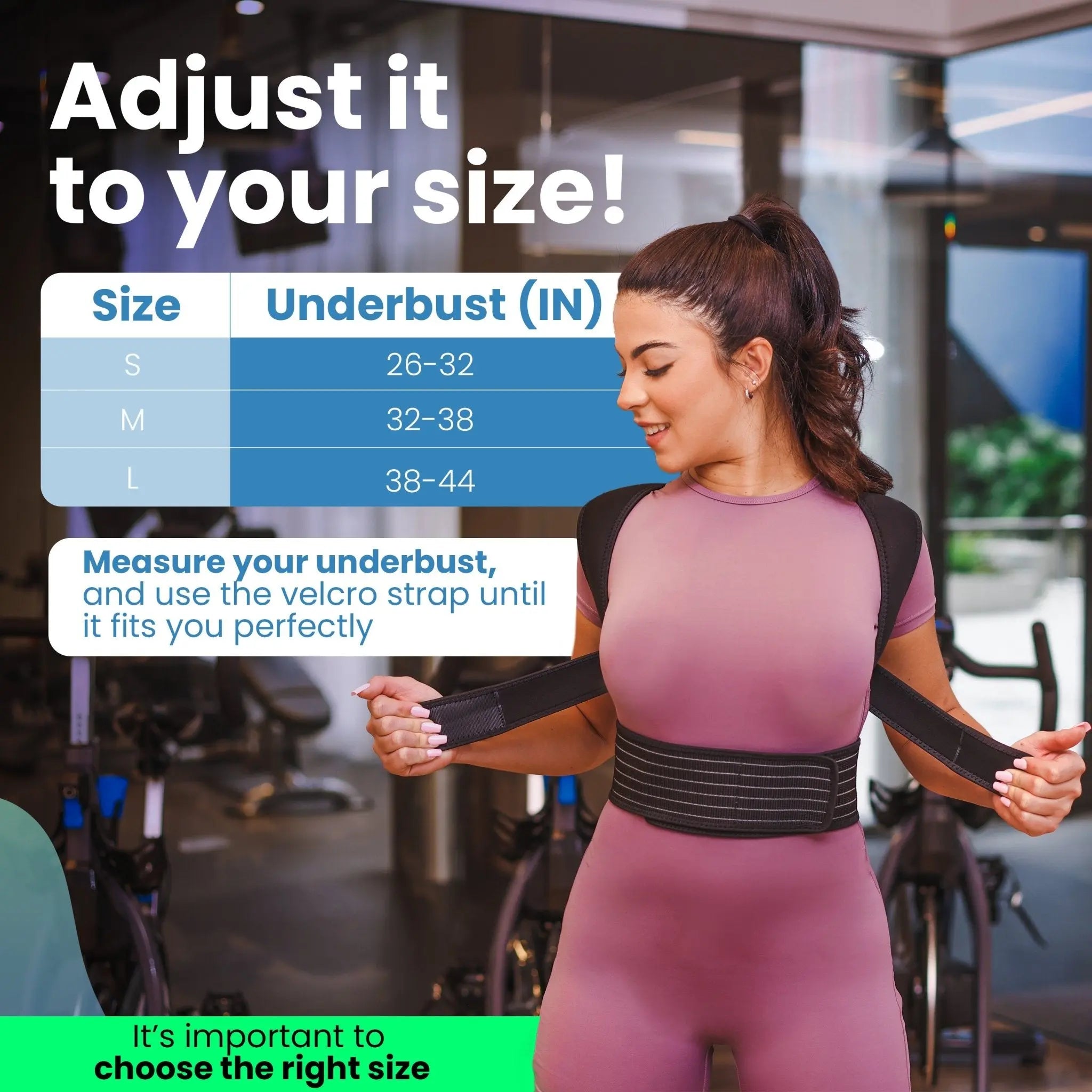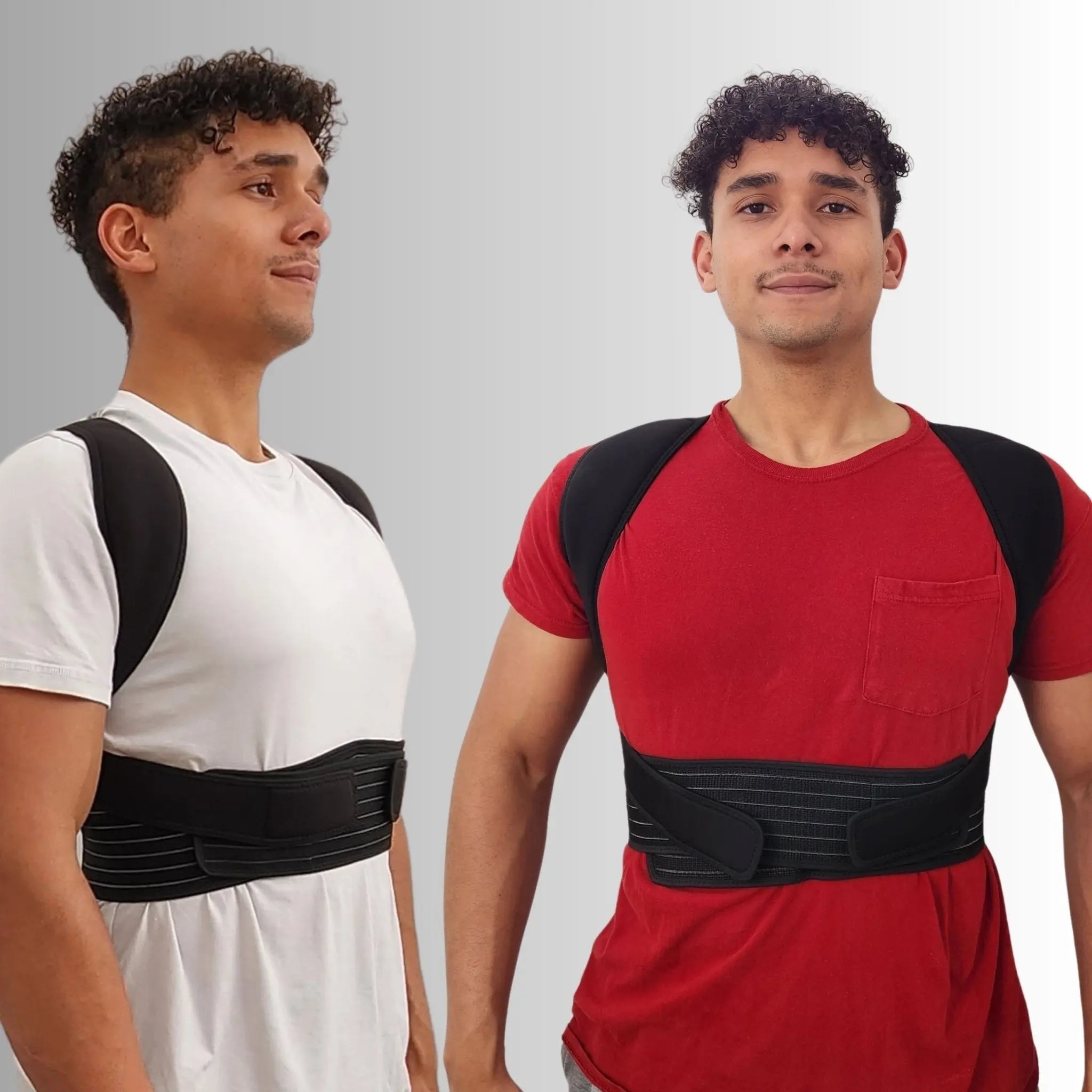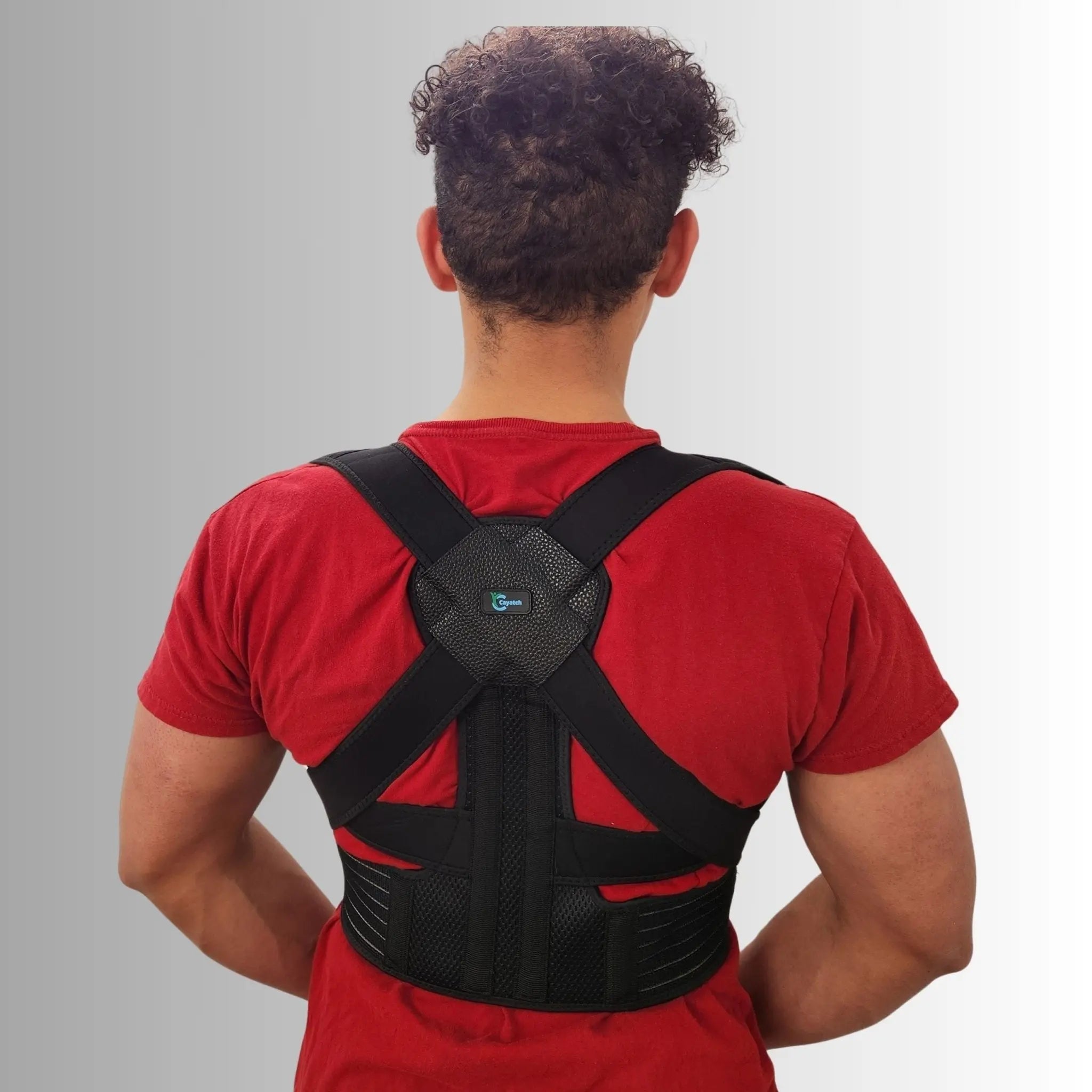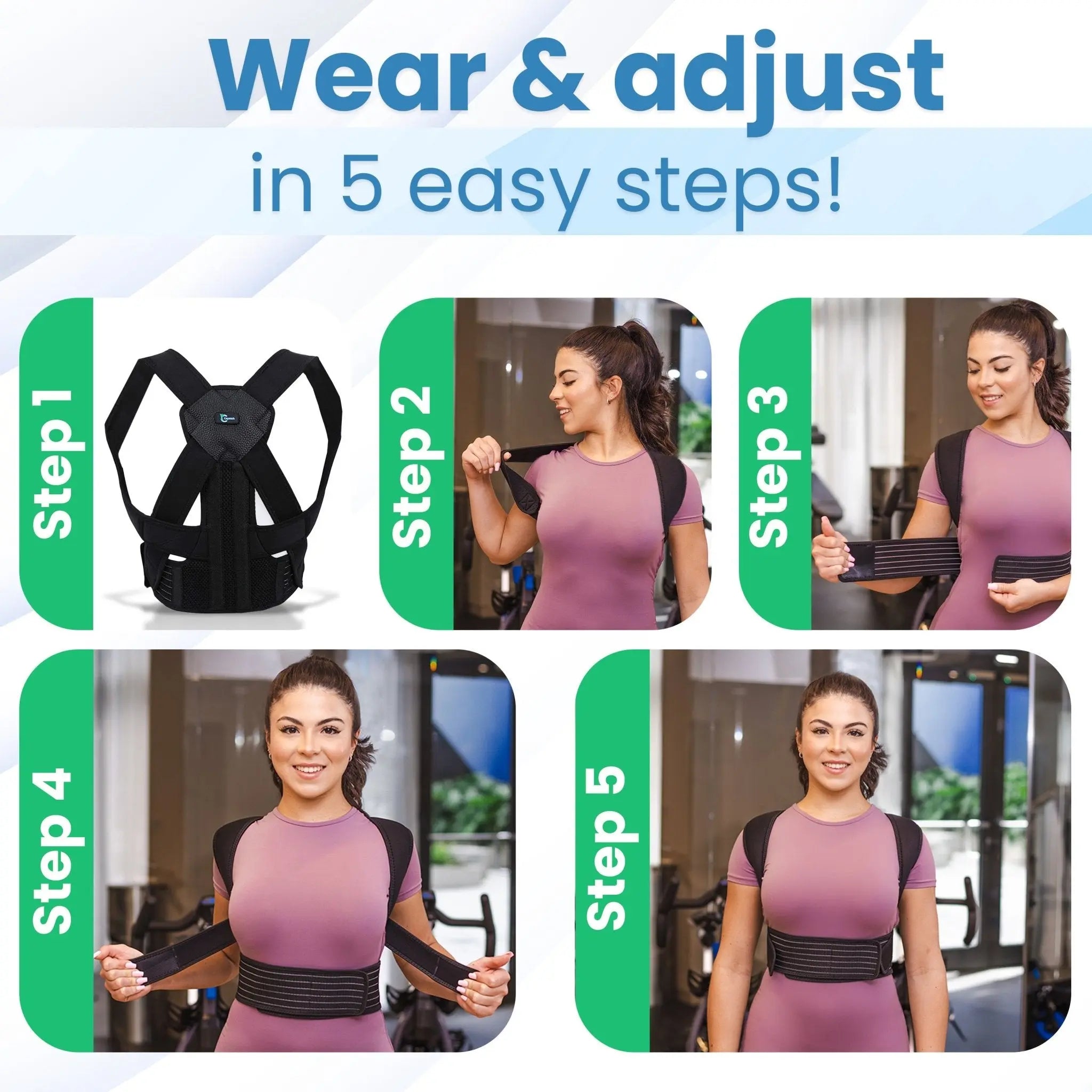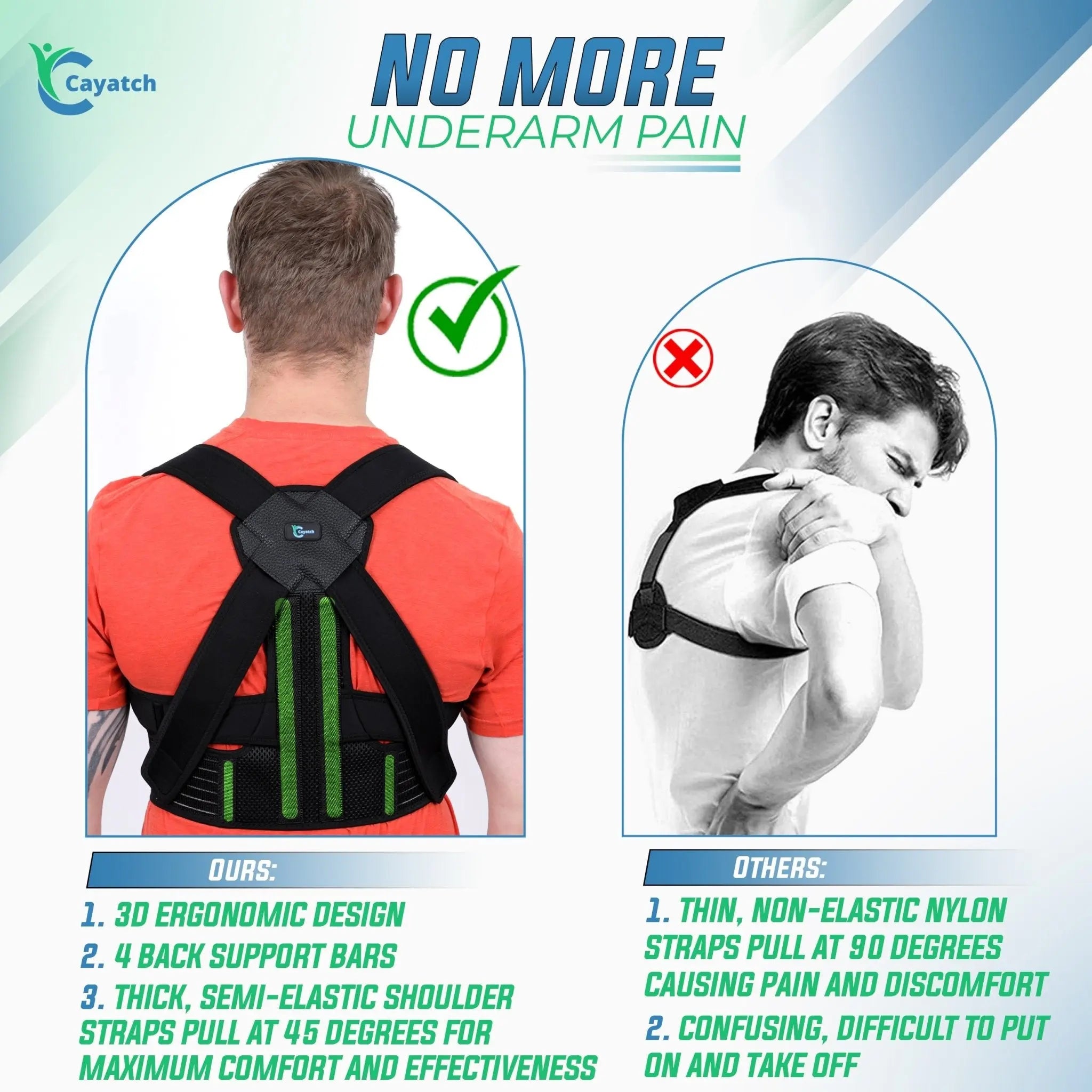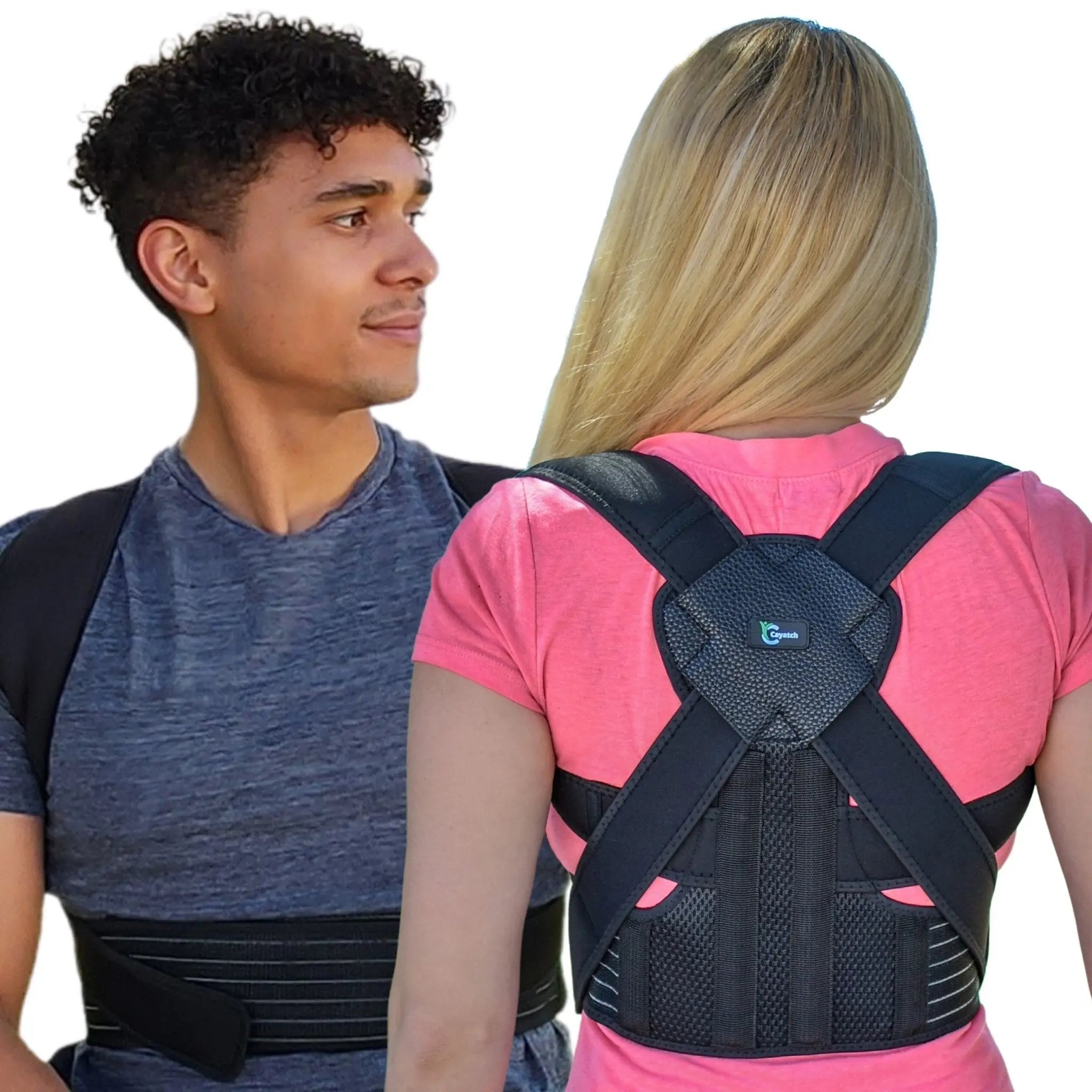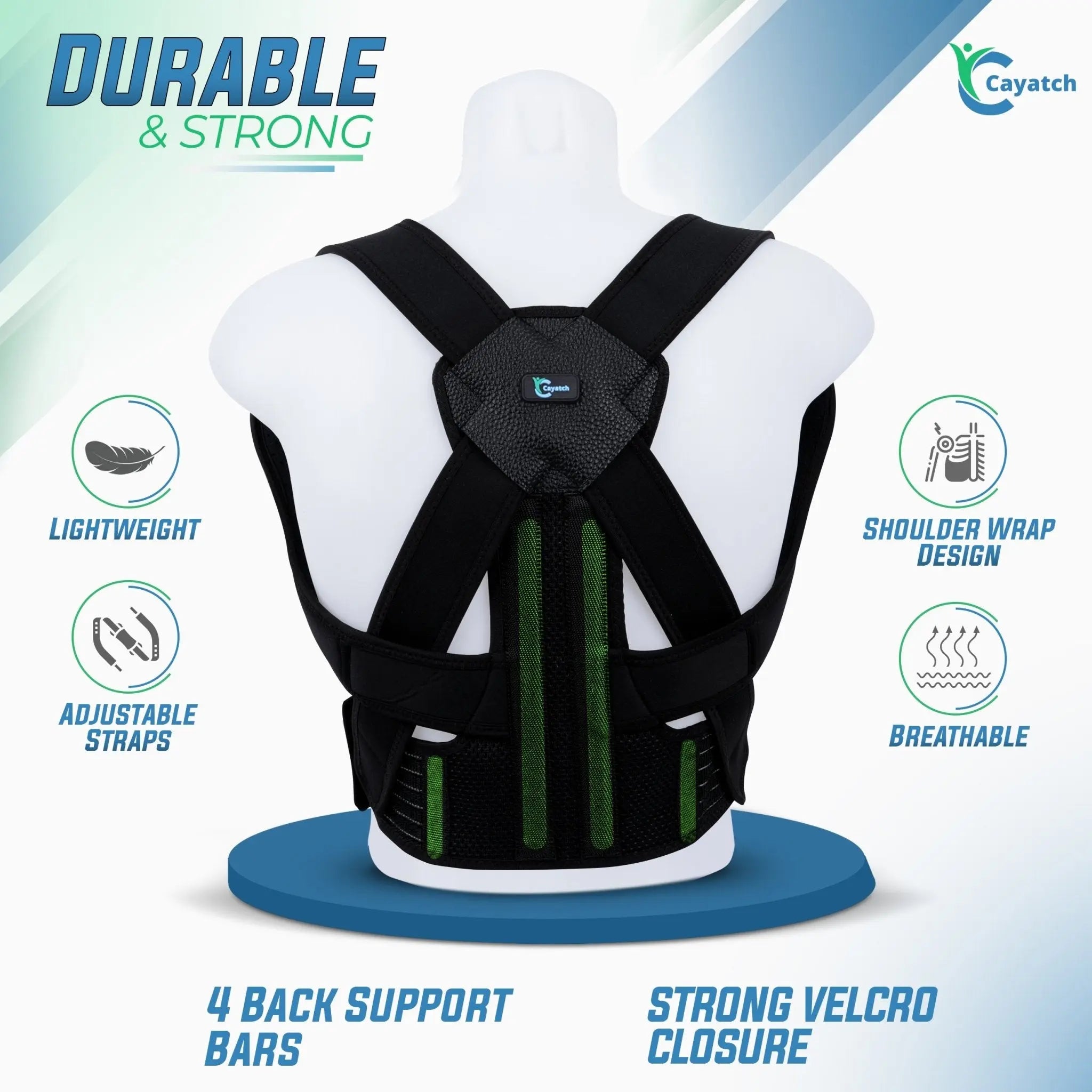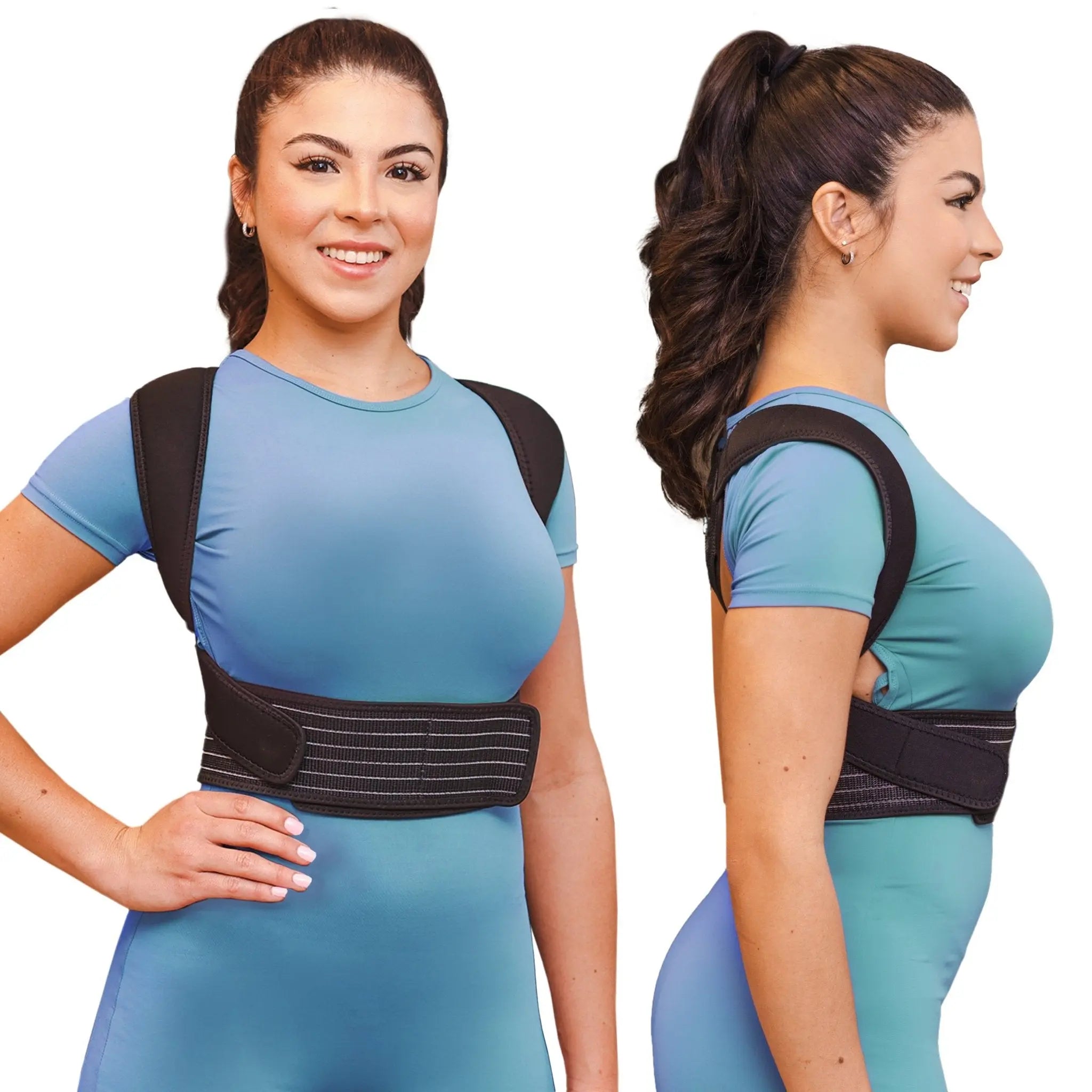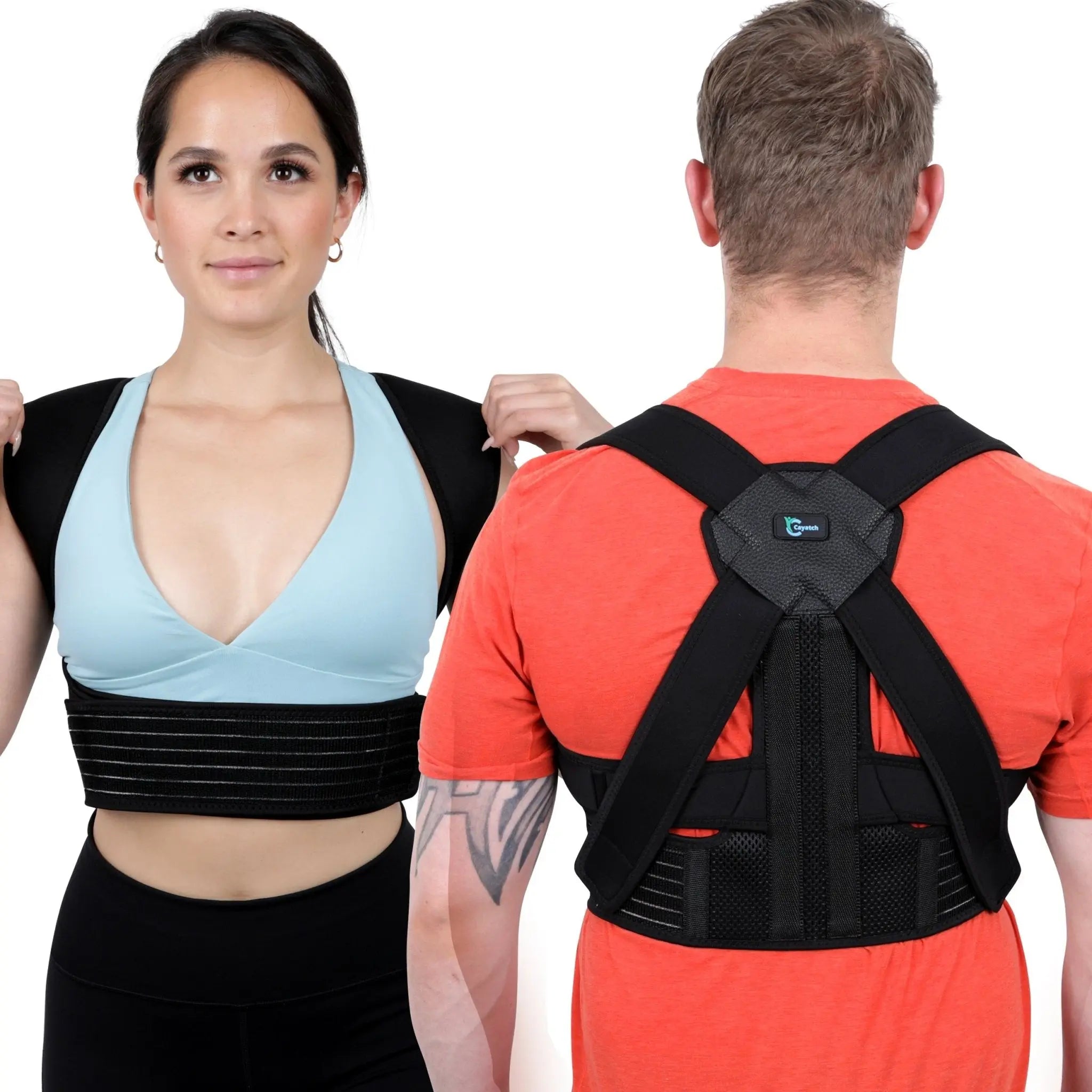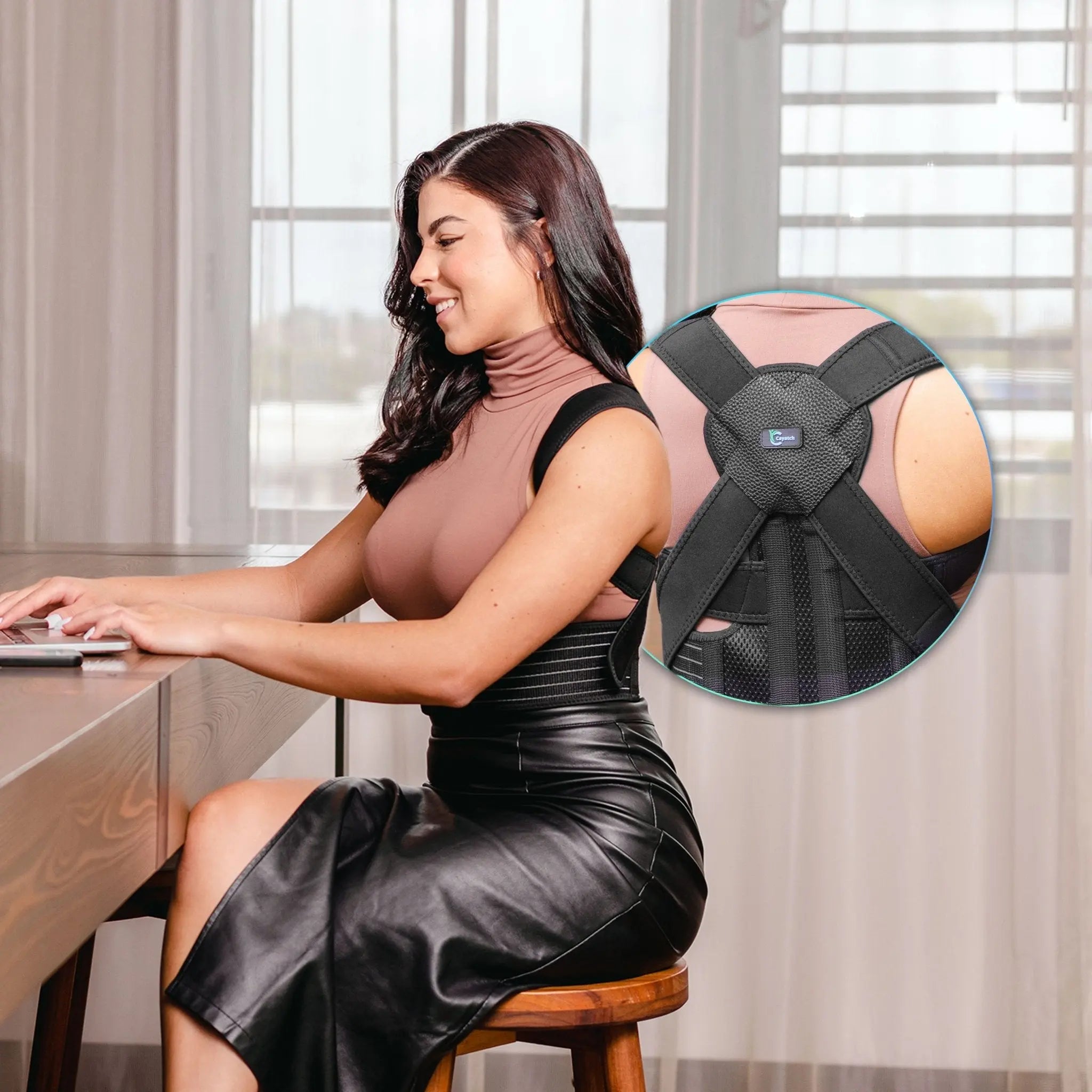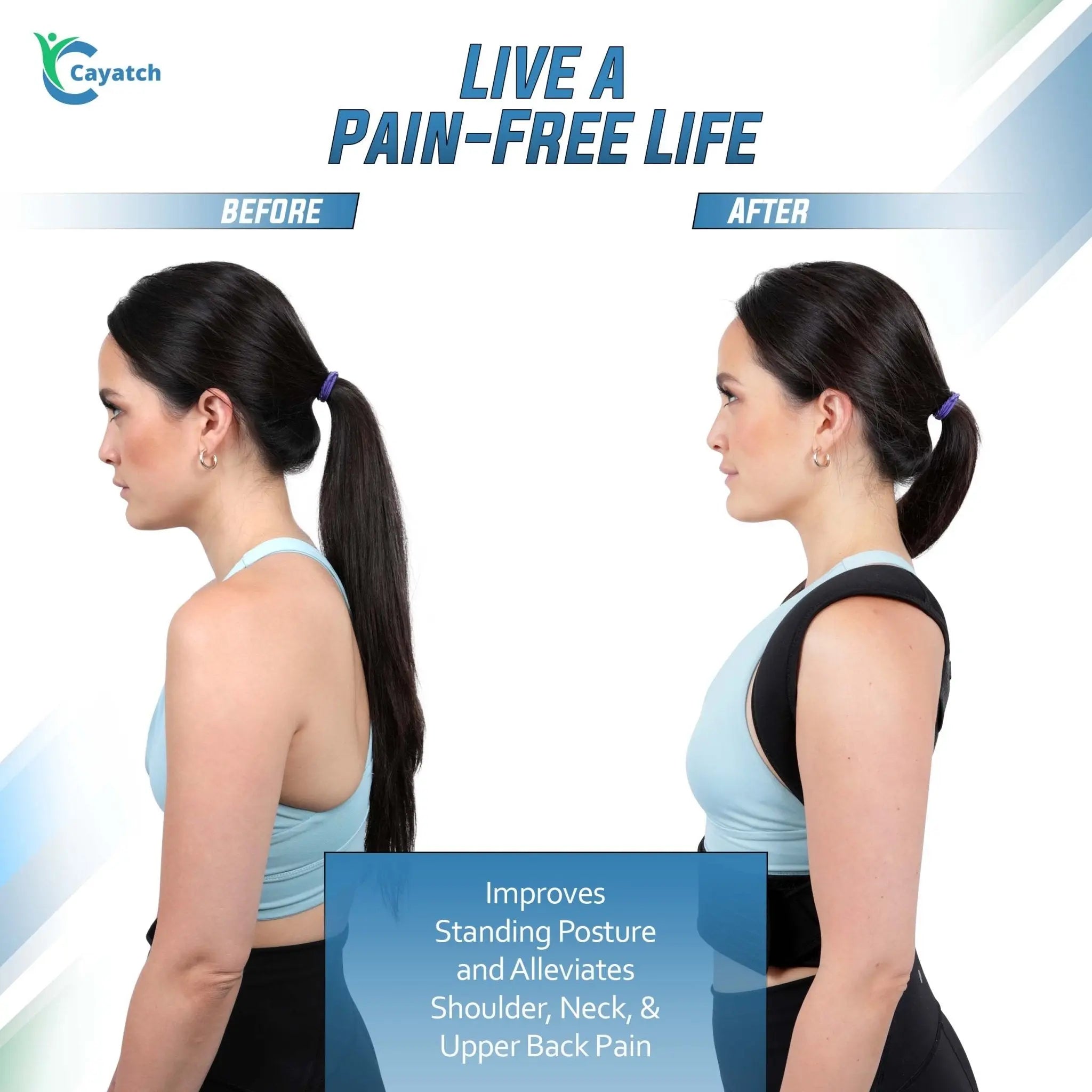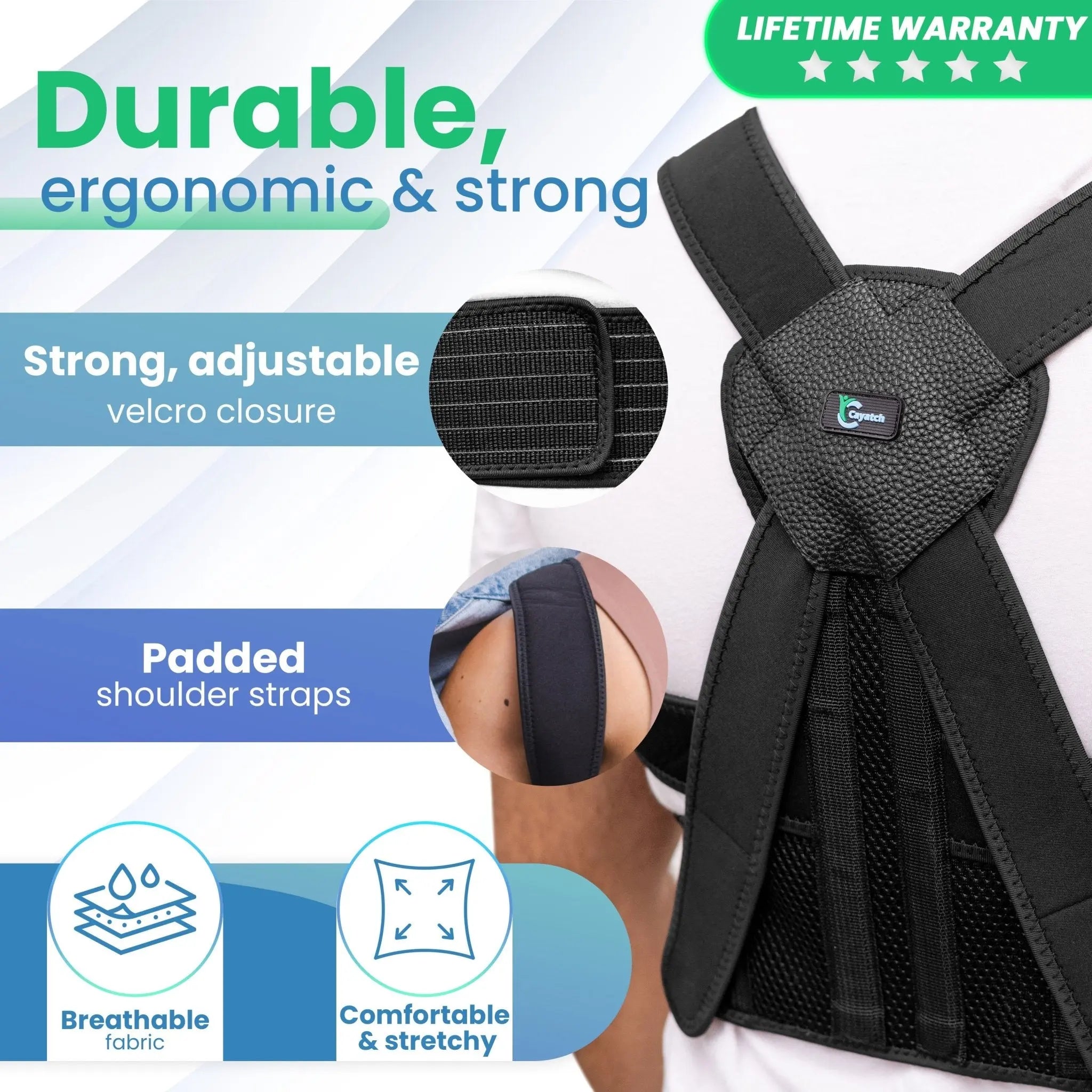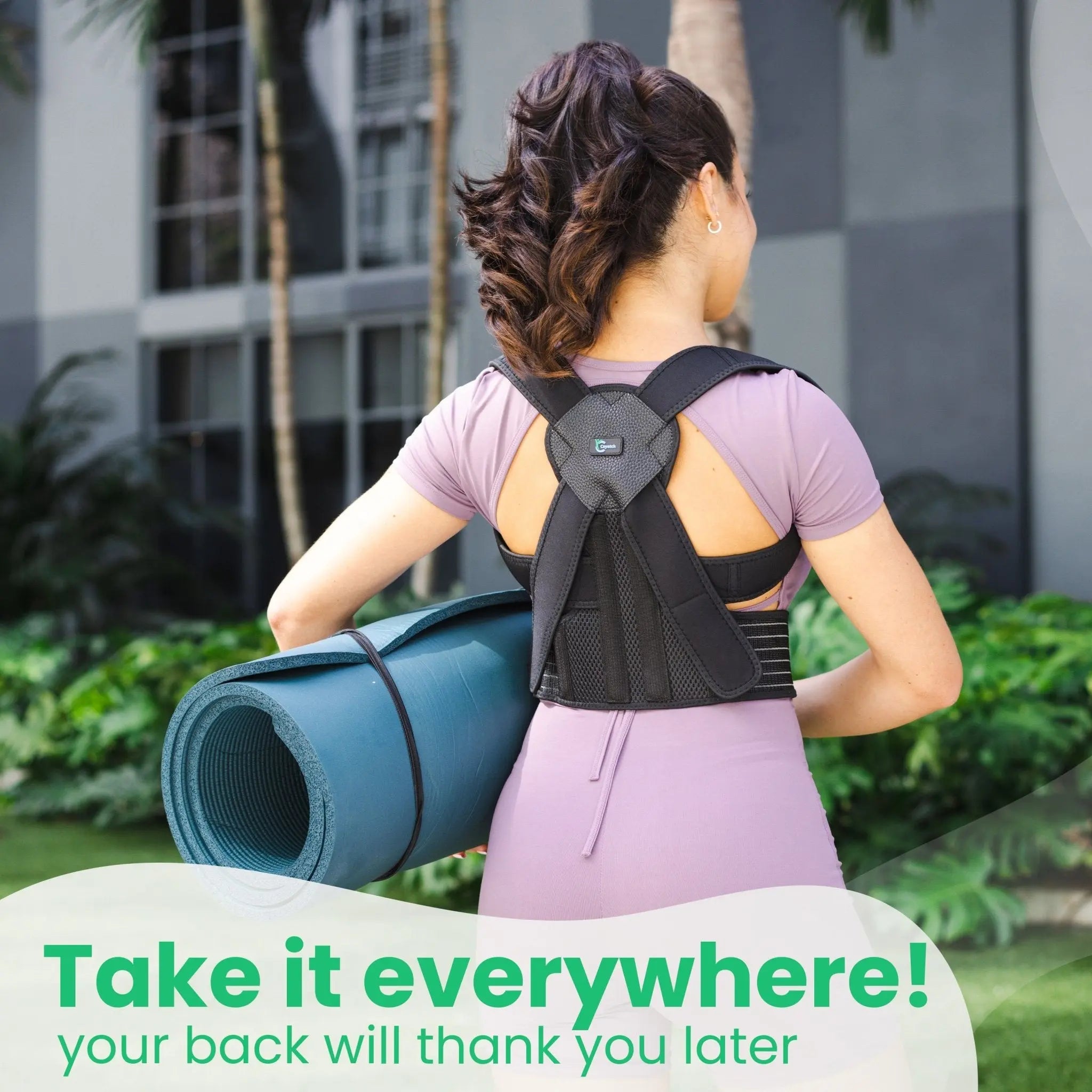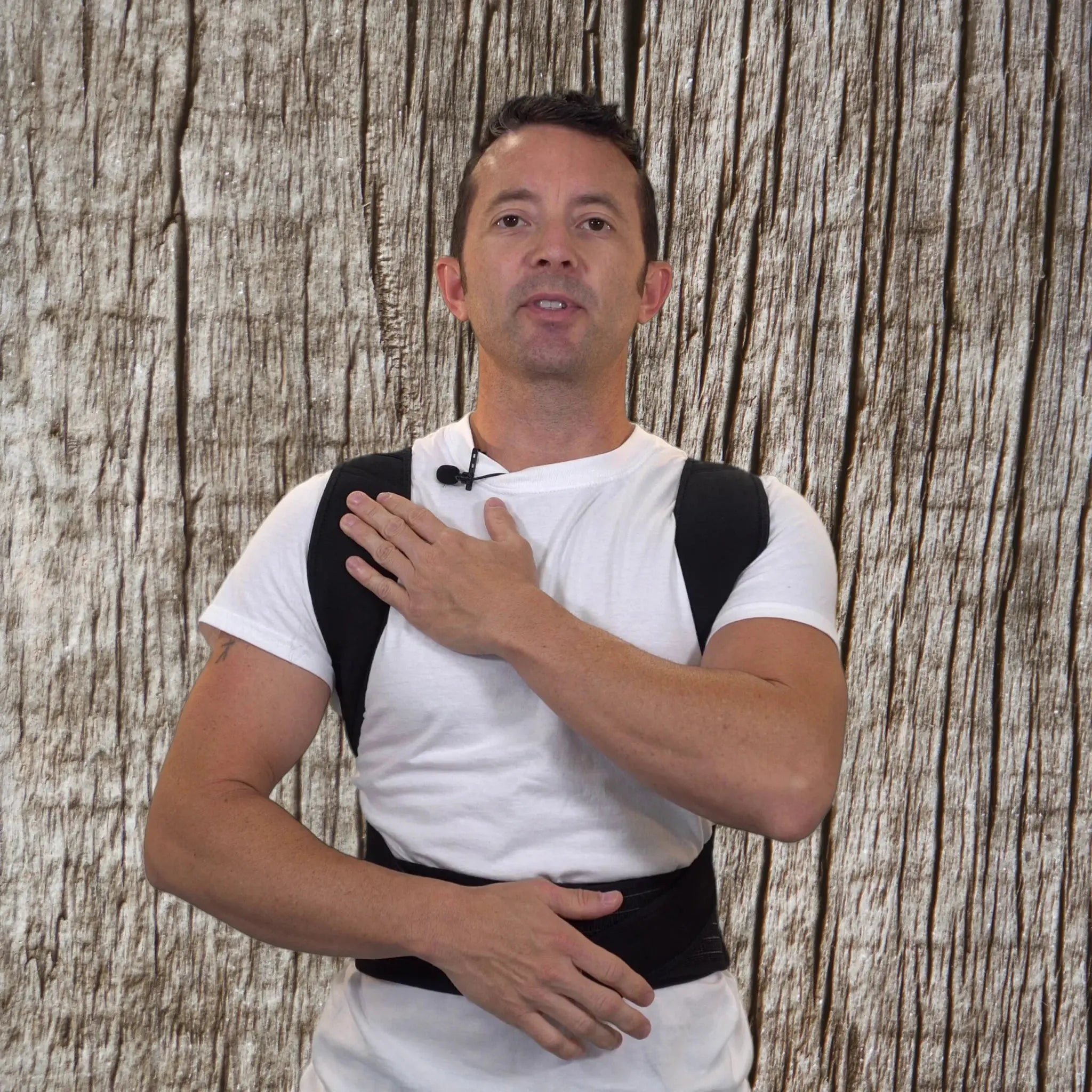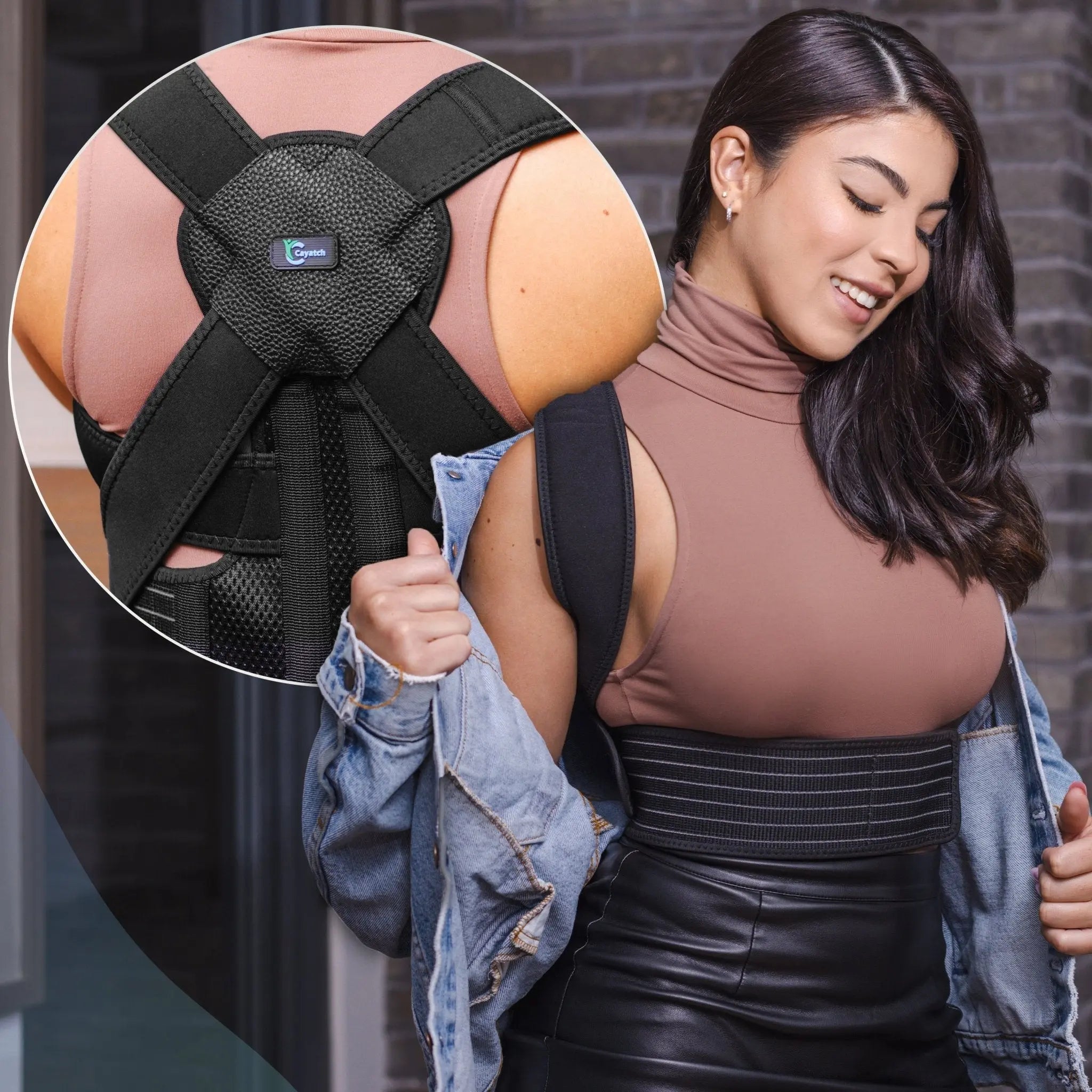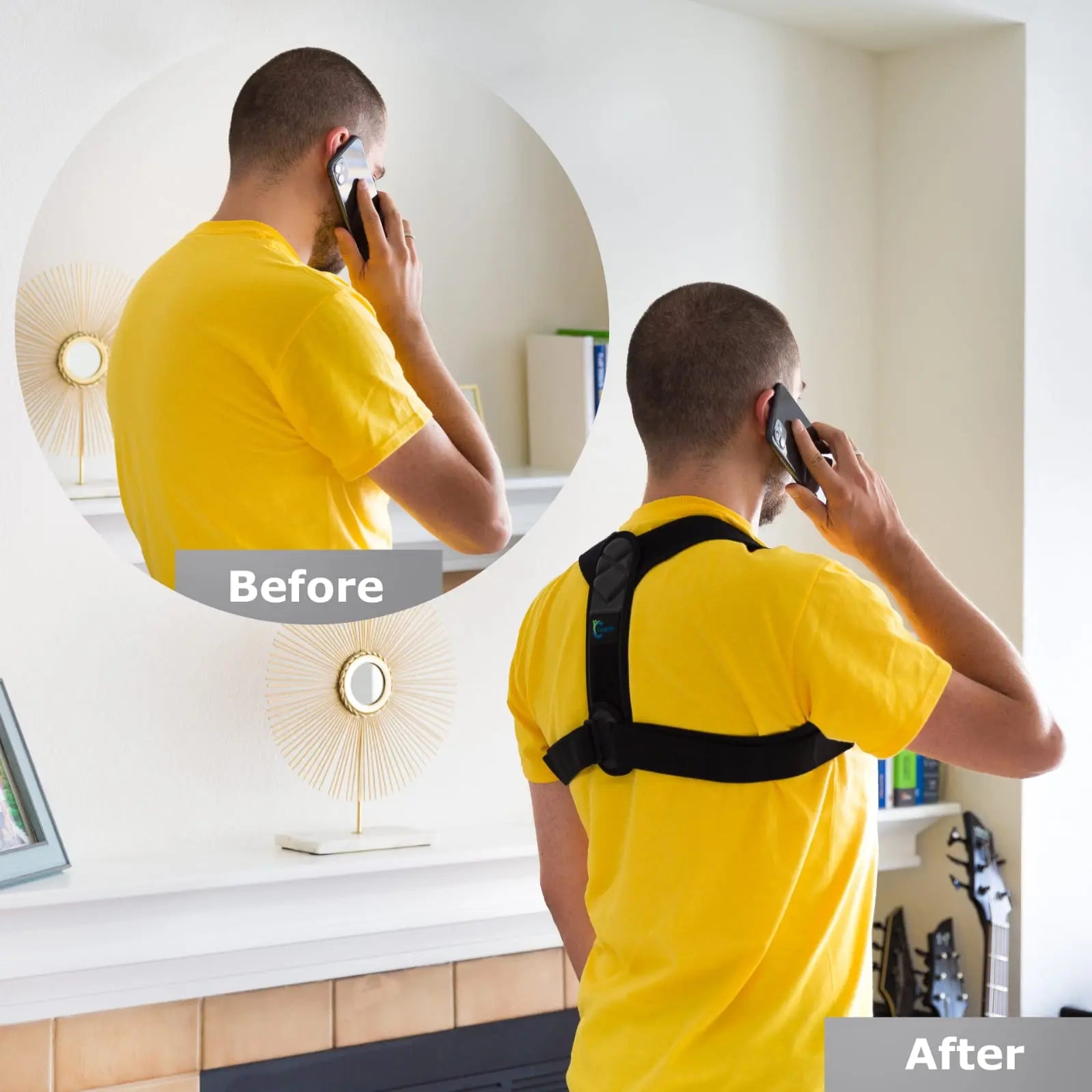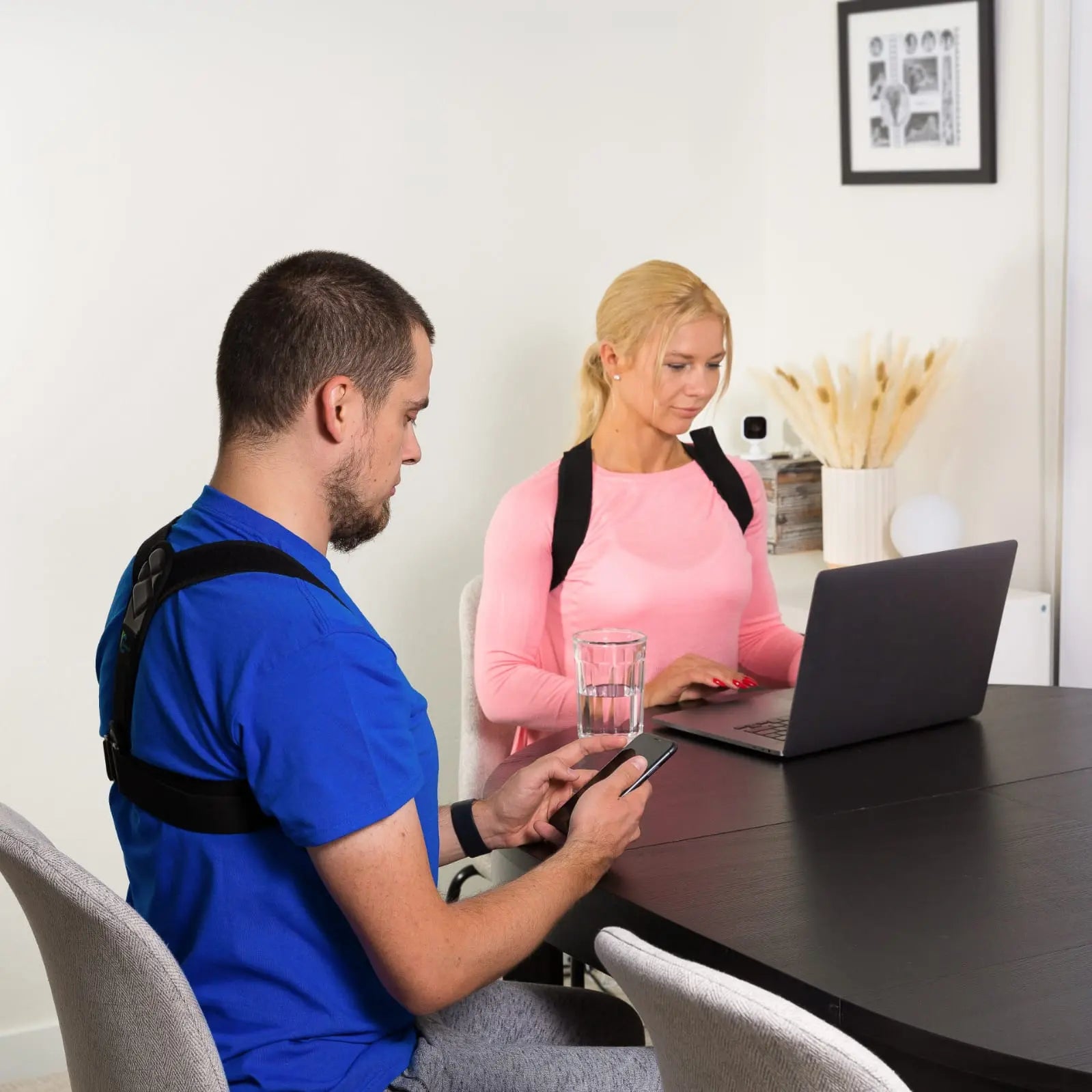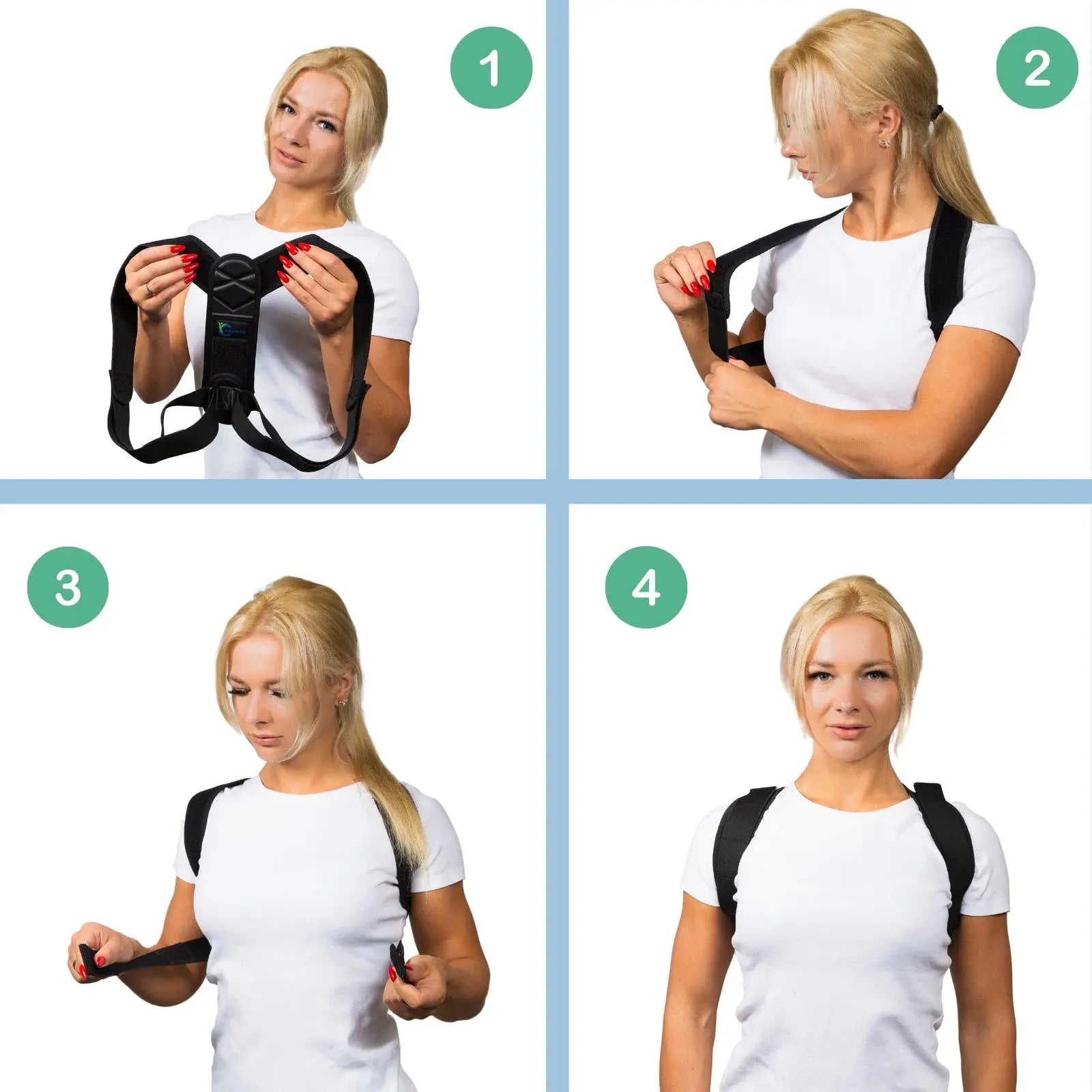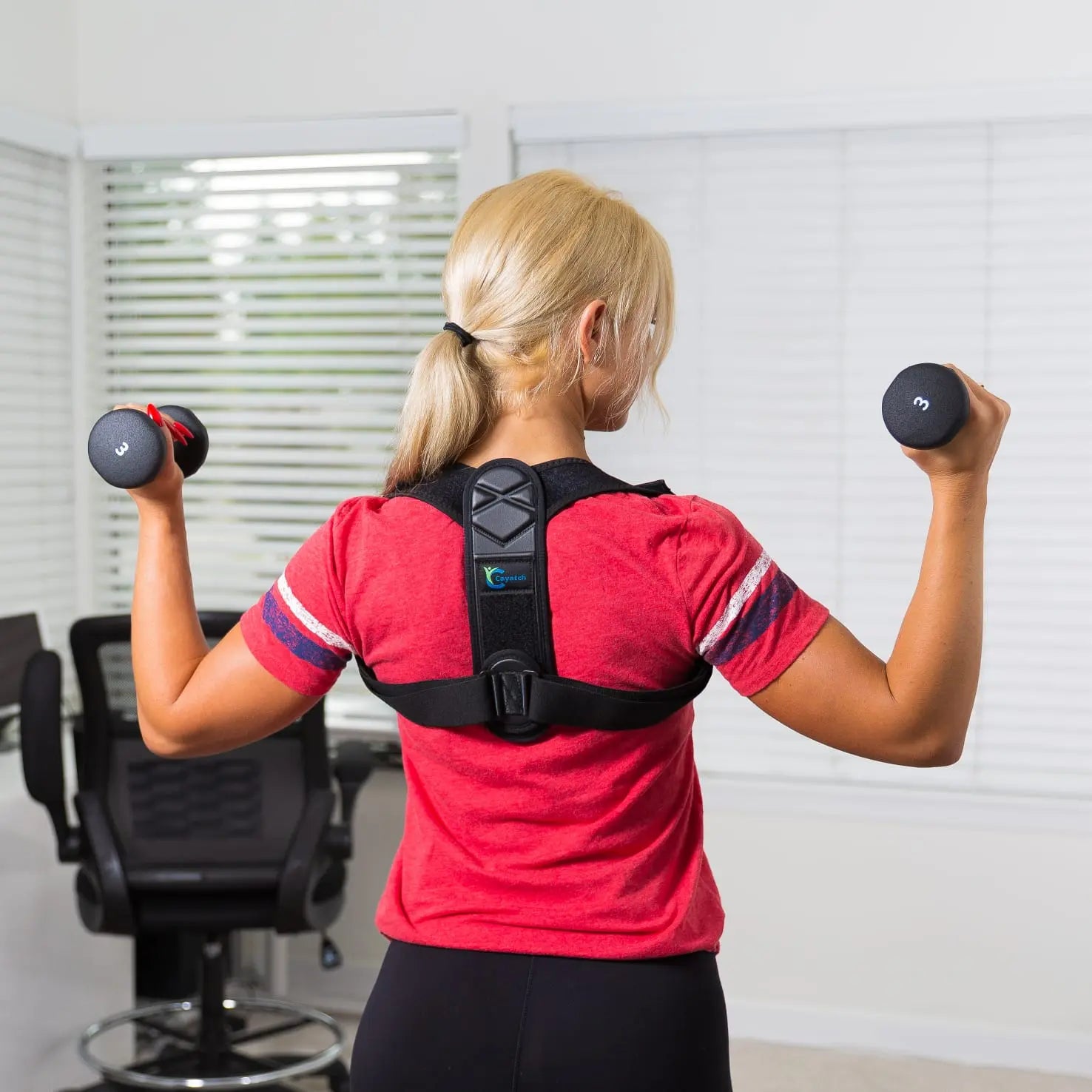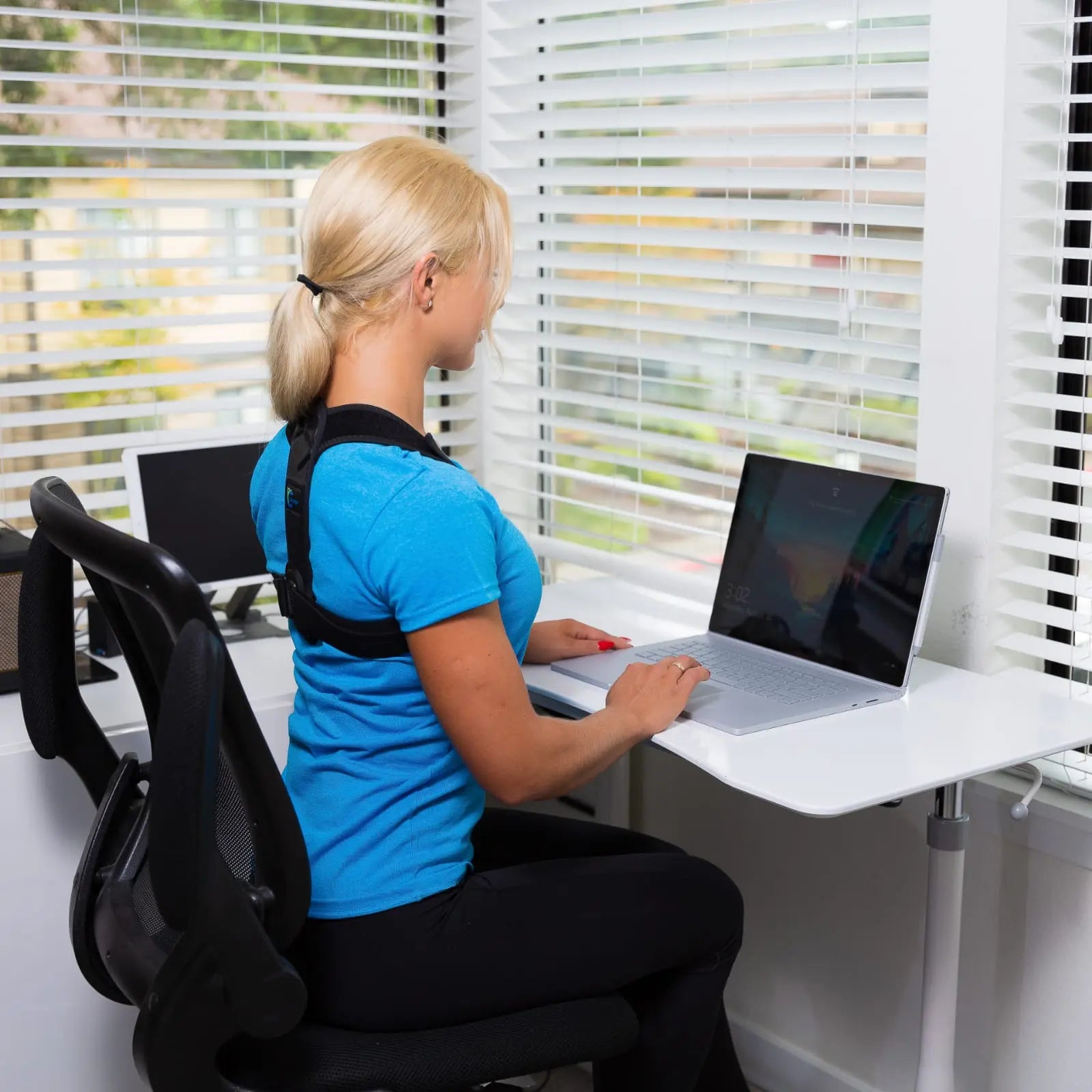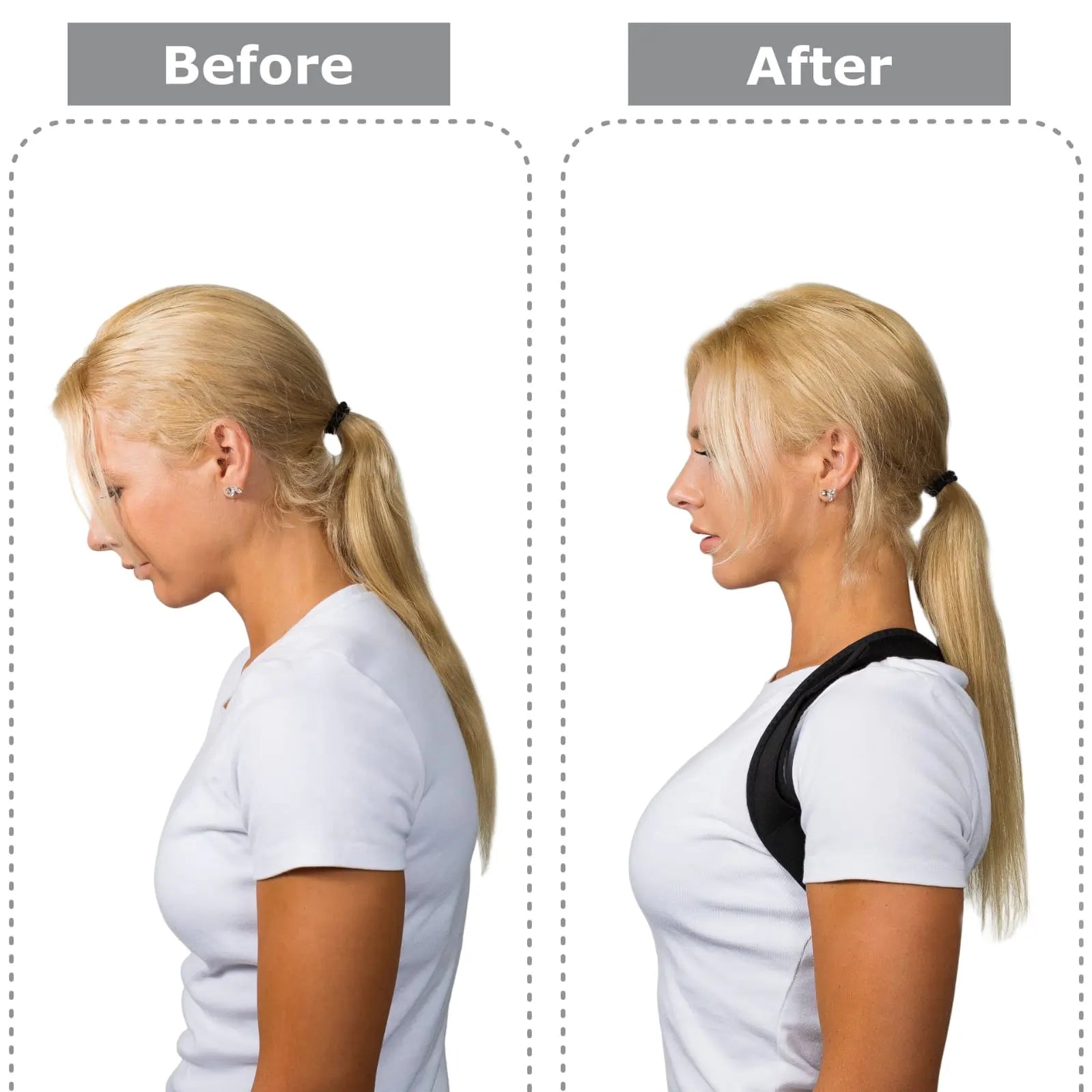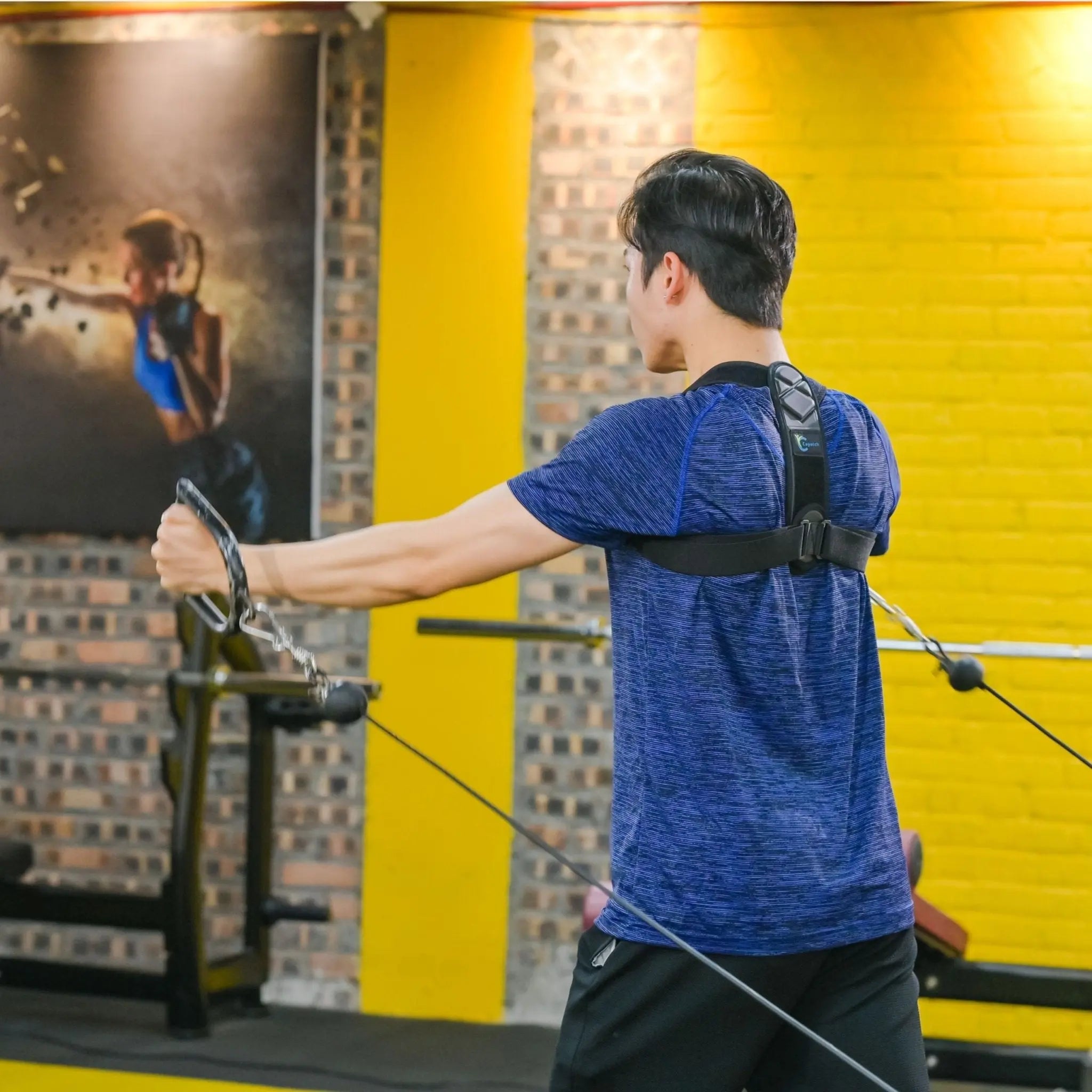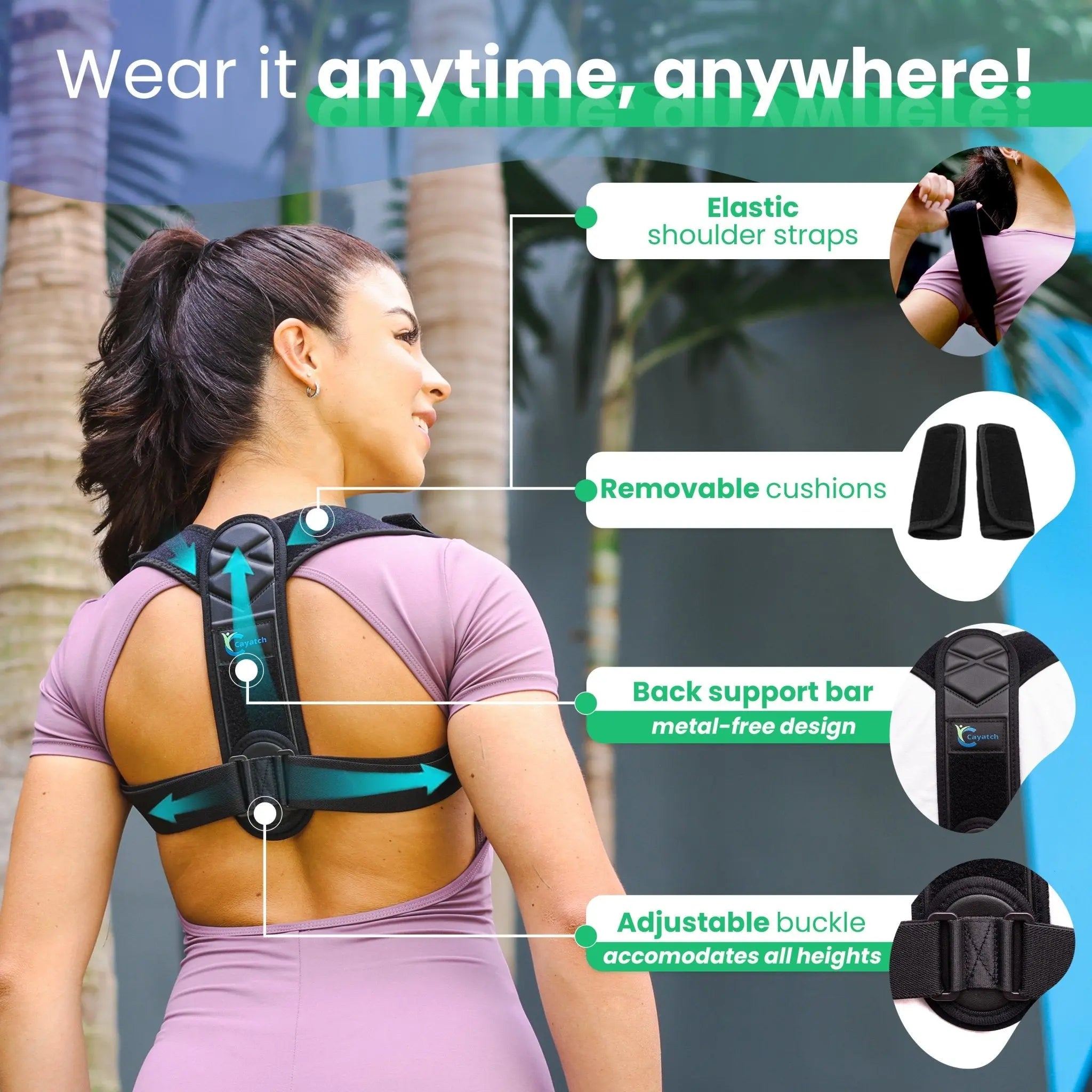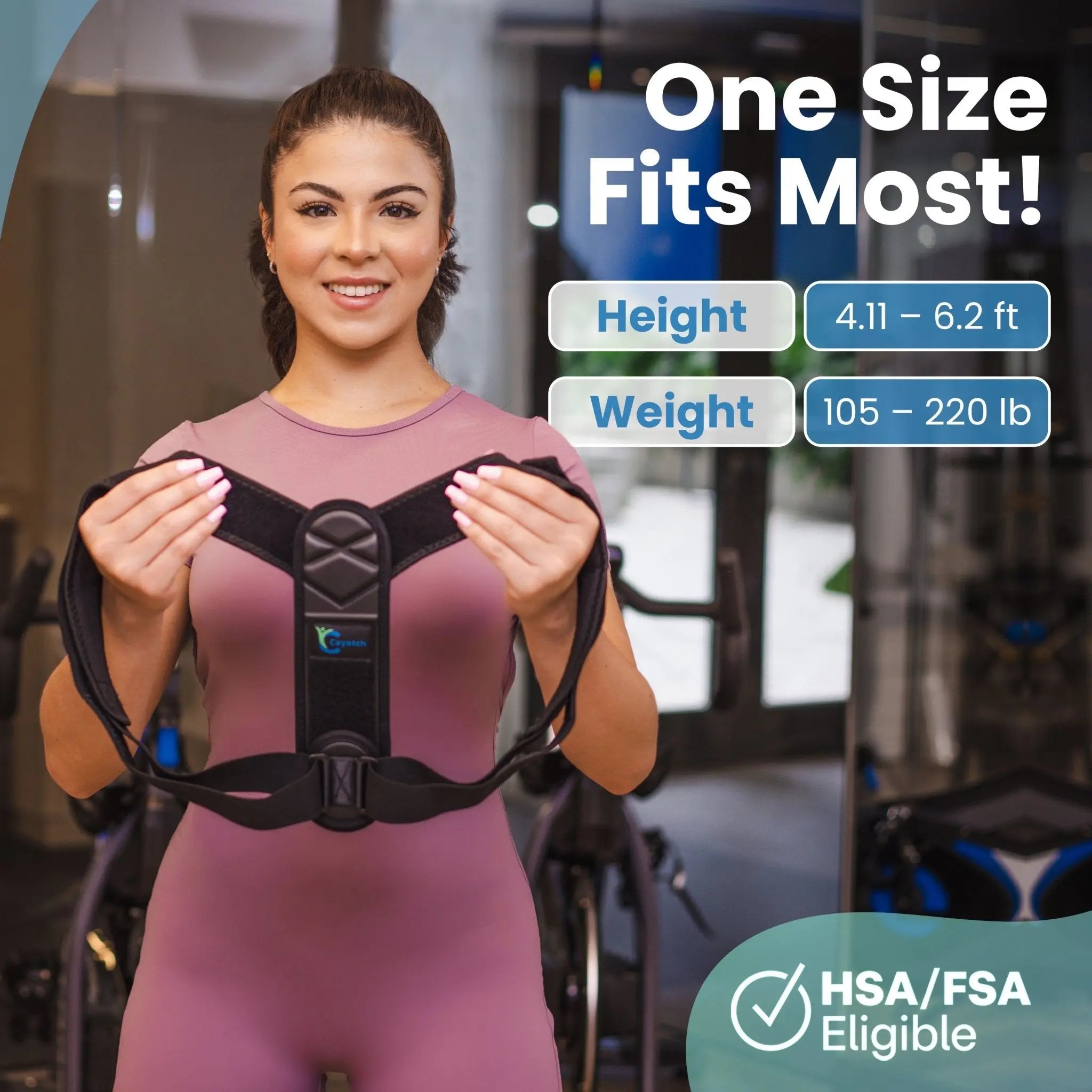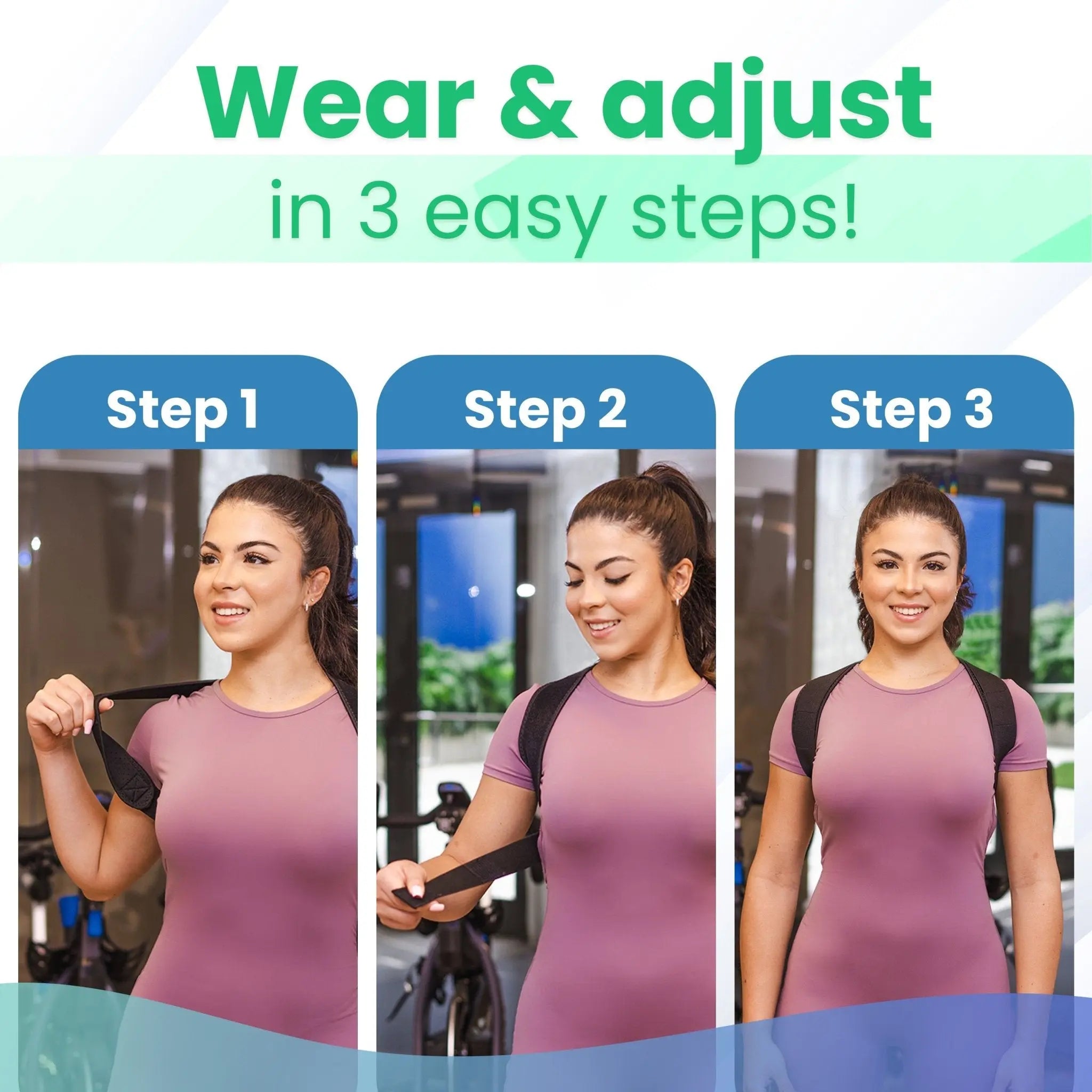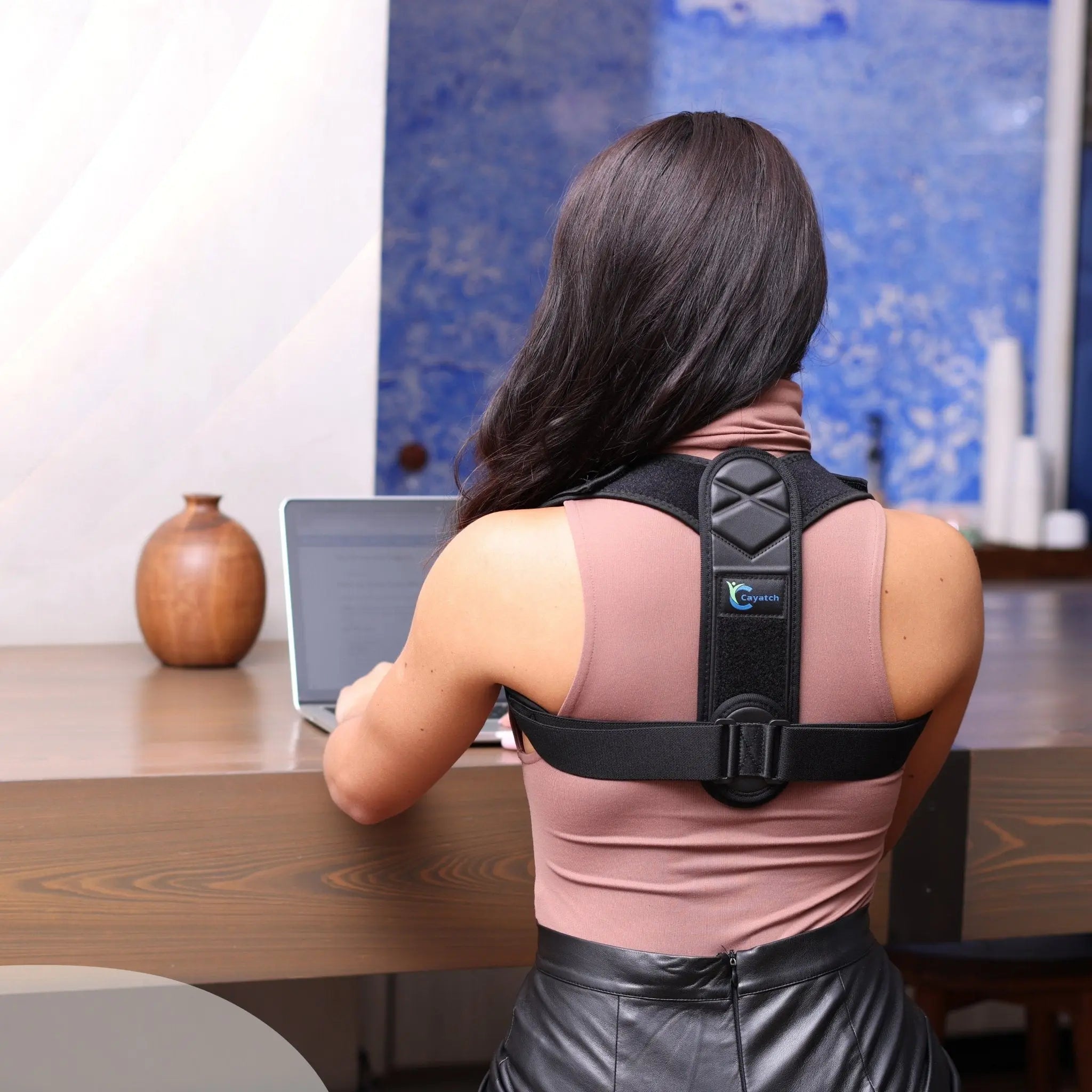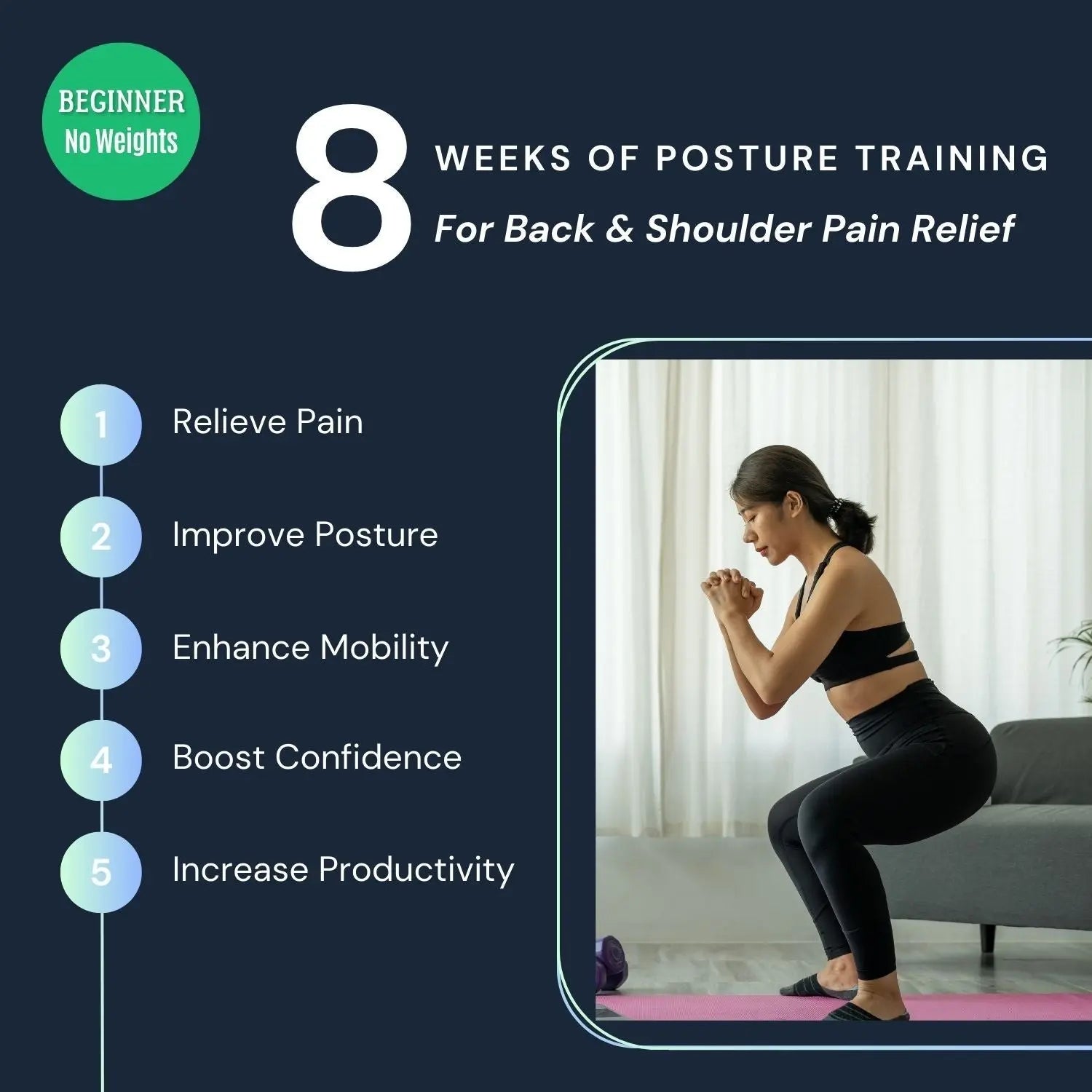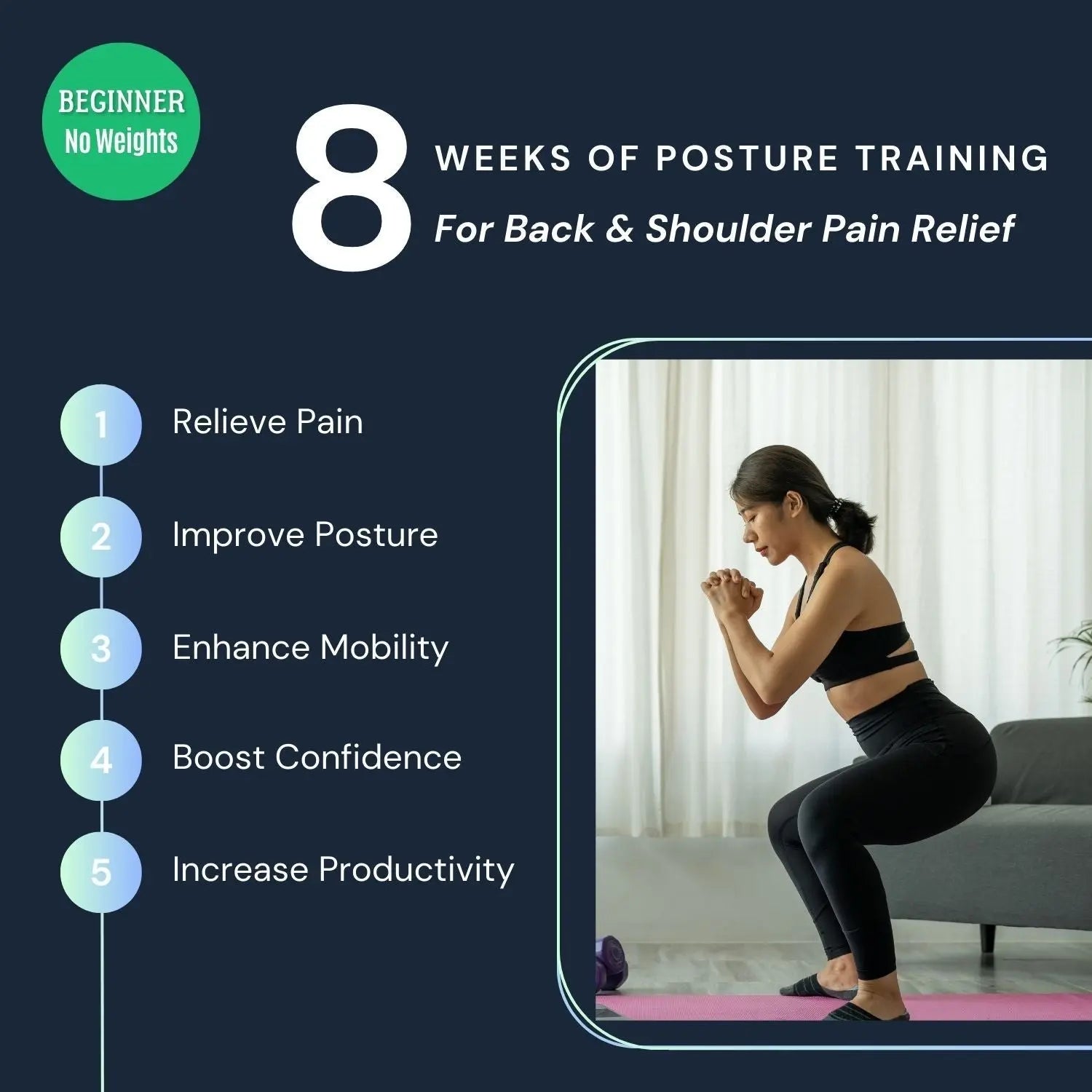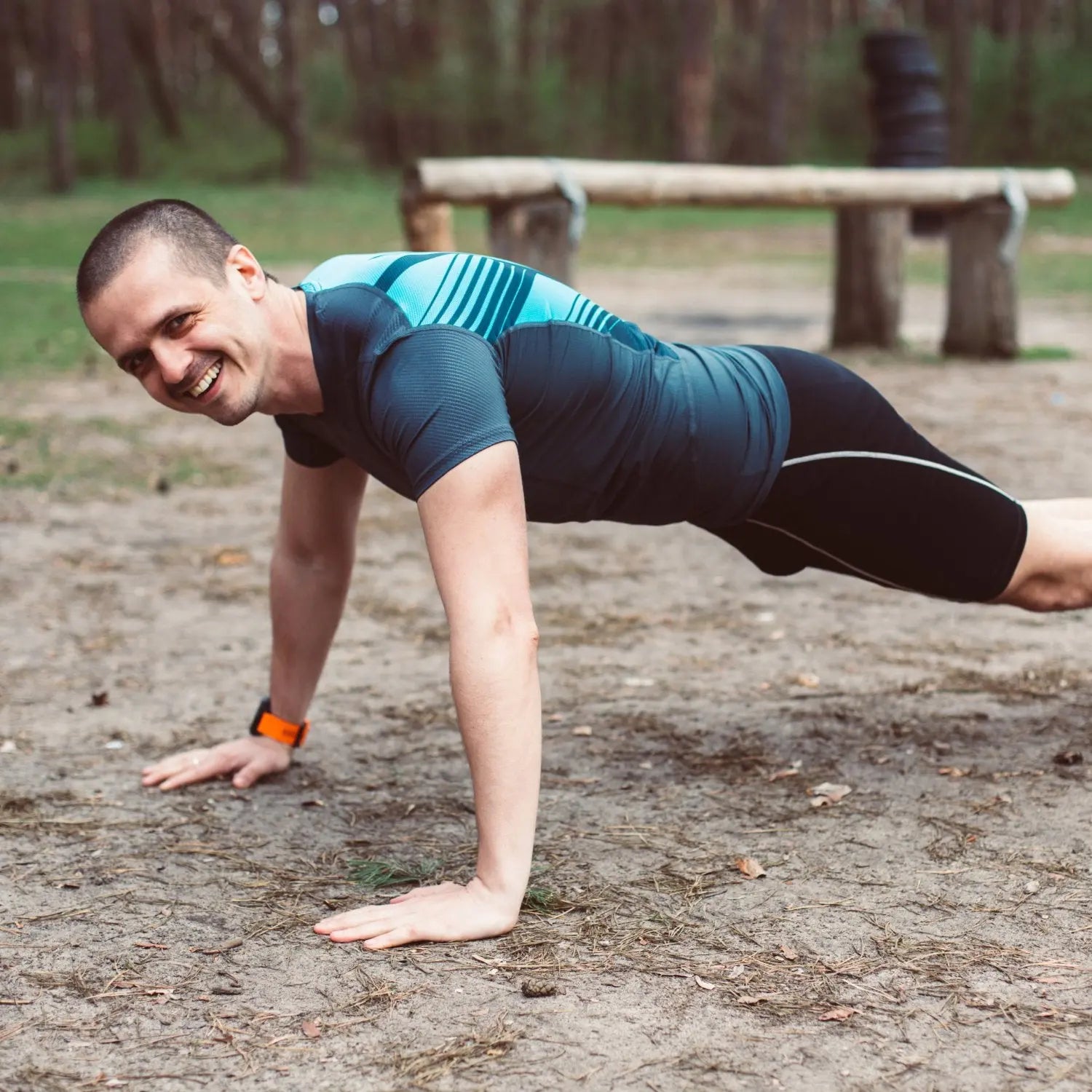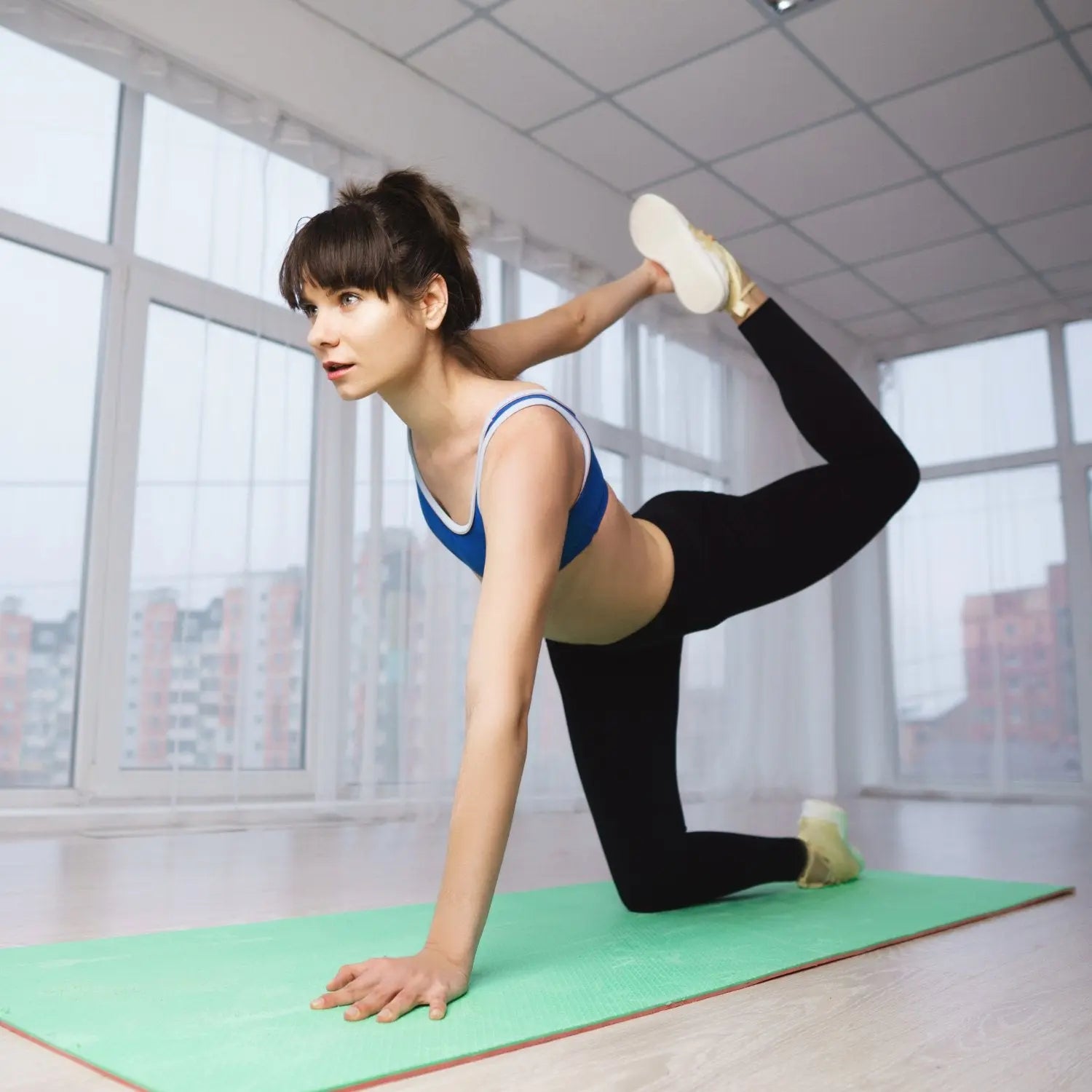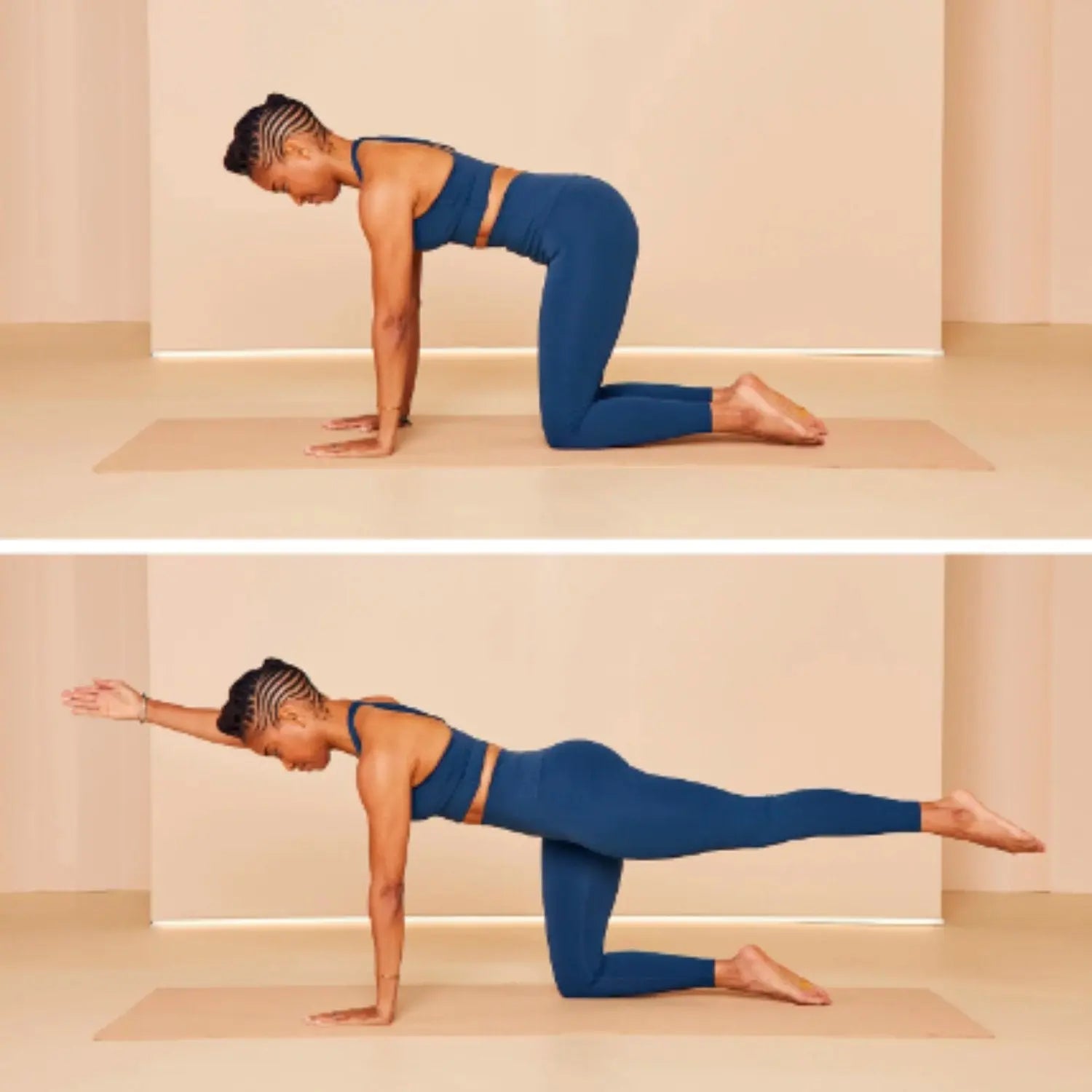How To Improve Upper Back Posture? Know The Hacks

The upper back plays a crucial role in maintaining body's stability. Its muscle groups work with the core to keep you upright. Without strength in this area, posture and discomfort in the back become evident.
That is why, proper alignment of the upper back is vital. It contributes to good posture and helps prevent the back pain. So, how to improve upper back posture. Exercises like prone cobra, wall angels, etc. can actively strengthen upper back muscles, improve flexibility, and correct misalignments.
In this guide, we shared effective exercises to maintain the strength of your upper back muscle groups. Let's get going!
7 Benefits of Good Upper Back

The significance of maintaining good upper back posture often goes unnoticed. Here are 7 benefits of good upper back.
1. Reduced Back Pain
Good upper back prevents the nagging ache in your back. It's not about standing straight; it's about aligning the spine to minimize the stress on muscles and ligaments.
Reduced back pain is about physical comfort, minimizing your mental strain as well.
2. Improved Breathing
Undoubtedly, deep breathing is satisfying. Good upper back posture opens your chest cavity, allowing the lungs to expand fully. Improved breathing ensures stress reduction.
Also, it gives you mental clarity, and an overall sense of well-being. Overall, a good upper back posture elevates your daily experience.
3. Enhanced Digestion
Our daily comfort is influenced by proper digestion. A good posture lets your digest system work efficiently. Proper posture ensures that each organ retains its designated space.
It minimizes the risk of digestive issues like acid reflux and indigestion. Meaning that, proper upper back enhances your digestion.
4. Optimal Body Alignment
Consider your body as a complex system of interconnected parts. Good upper back works as the conductor, confirming proper alignment.
It's more than standing tall; it's about ensuring that every joint, muscle, and bone falls into its rightful place. Reduced stress means fewer injuries, and better balance.
5. Enhanced Confidence

Standing tall and keeping your head high will surely boost confidence. Good upper back posture is best way to this give you confidence.
When you walk and sit confidently, the world considers you differently. More importantly, it becomes a subtle yet potent catalyst for personal and professional success.
6. Improved Appearance
Good upper back can transform your physical appearance in ways that extend beyond aesthetics. It's not just about looking good; it's about promoting vitality and health. When you stand with good stance, your presence shows your commitment to well-being.
7. Increased Energy and Productivity
Good upper back posture minimizes unnecessary physical stress and fatigue. It helps increased daily productivity. All in all, the alignment of body and mind creates positive feedback that elevates your overall quality of life.
7 Exercise to Improve Upper Back Posture
“Our body's position and alignment profoundly influence how we feel," says Astrid DiVincent, PT, DPT, OCS, a physical therapist at HSS.
Strengthen your upper back muscles with targeted exercise. The below exercises are specifically designed to help you stand following upright stance.
Exercise 01: Shoulder Blade Squeezes
The shoulder blade exercise promotes better alignment, and reduce strain, contributing to upright stance. Also, it strengthens key upper back muscles and for maintaining optimal posture throughout your daily activities.
- Step 01: Start by sitting or standing tall, maintaining a straight spine.
- Step 02: Inhale deeply, drawing your shoulder blades together as if attempting to hold a small object between them.
- Step 03: Feel the gentle contraction in the upper back. Hold the squeeze for a few seconds, emphasizing the connection between your shoulder blades.
- Step 04: Exhale as you release, allowing your shoulders to drop naturally.
- Step 05: Repeat this process for 10-15 repetitions, gradually increasing intensity.
Exercise 02: Prone Cobra

The prone cobra is a dynamic move, strengthening muscle groups for improving upper back posture. It reduces the risk of shoulder and neck pain.
- Step 01: Lie face down, legs extended, and arms by your sides, palms down.
- Step 02: Inhale, lift your chest, and grow your arms overhead, keeping them straight. Simultaneously, lift your legs off the ground, engaging your glutes.
- Step 03: Hold for a moment, then exhale while lowering arms and legs.
Exercise 03: Wall Angels
Wall Angels improves upper back mobility and posture. Individuals with limited shoulder mobility can be beneficial by improving the range of motion.
- Step 01: Stand with your back against a wall, feet hip-width apart.
- Step 02: Bend your arms at 90 degrees, touching the wall.
- Step 03: Slowly slide your arms upward, maintaining contact with the wall, then lower them back down.
- Step 04: Ensure your back and components remain in contact throughout. Perform 10-15 reps for optimal results.
Exercise 04: Resistance Band Rows

Resistance band rows effectively strengthen upper back muscles, promoting improved posture. Moreover, this exercise enhances strength and contributes to a well-aligned and supportive upper back.
- Step 01: Secure a resistance bar at chest height. Grasp the bar with both hands, step back, and align feet shoulder-width apart.
- Step 02: Engage your core, keep a straight back, and pull the bar toward your chest, squeezing your shoulder blades together.
- Step 03: Slowly return to the starting position. With its controlled motion, this exercise targets and strengthens upper back muscles, promoting better posture. Perform 12-15 reps.
Exercise 05: Cat-Camel Stretch
The cat-camel stretch is a dynamic exercise improving upper back flexibility and posture improvement. This stretch encourages a more aligned and supple upper back, promoting overall postural well-being.
- Step 01: Align wrists under shoulders and knees under hips.
- Step 02: Inhale deeply as you arch your back upwards, tucking your chin to your chest (cat).
- Step 03: Exhale slowly, gradually lowering your back while lifting your head and tailbone (camel).
- Step 04: Coordinate each movement with your breath, ensuring a smooth and controlled transition.
Exercise 06: Thoracic Extension with Foam Roller
Thoracic Extension with a Foam Roller enhances upper back flexibility, alleviates stiffness, and promotes better posture. It is a helpful tool for those seeking improved flexibility, posture, and overall spinal health.
- Step 01: Lie on your back with a foam roller beneath your upper back, perpendicular to your spine.
- Step 02: Support your head with your hands, keeping your hips on the ground. Slowly arch backward over the foam roller, extending your thoracic spine.
- Step 03: Pause momentarily, feel the stretch, then return to the starting position.
- Step 04: Perform this controlled movement for 10-15 reps, promoting improved thoracic extension and fostering a more upright upper back posture.
Exercise 07: Plank with Shoulder Taps
The plank position stabilizes your core and strengthen the upper back muscles. Such a dynamic exercise promotes a more resilient and well-aligned posture.
- Step 01: Position in a plank position with hands directly under the shoulders.
- Step 02: Engage your core to maintain a straight line from head to heels.
- Step 03: Lift one hand and tap the opposite shoulder, then switch sides.
- Step 04: Keep hips stable to avoid rotation. Continue this movement for 30-60 seconds, alternating shoulder taps.
Frequently Asked Questions (FAQs)
Do upper back exercises help posture?
Yes, upper back exercises help posture if you choose exercises that target your upper back muscles. Through them, you can define your shoulder and get rid of a rounded back.
Does correcting posture hurt at first?
No, correcting your posture doesn’t hurt. But it may feel uncomfortable if you use posture-correcting braces. However, your body will get used to the condition soon.
What muscles keep your back straight?
The extensor muscles of your back help to keep your back straight. You can maintain an upright position through these muscles.
What muscles are weak in poor posture?
Your upper and lower back muscles contribute to a bad posture. Also, spinal alignment plays a big role in it.
Final Words
The exercise that we have shared on how to strengthen upper back for posture is super effective if you can ensure consistency.
To fuel the journey, you can add additional equipment like posture-correcting devices.






















